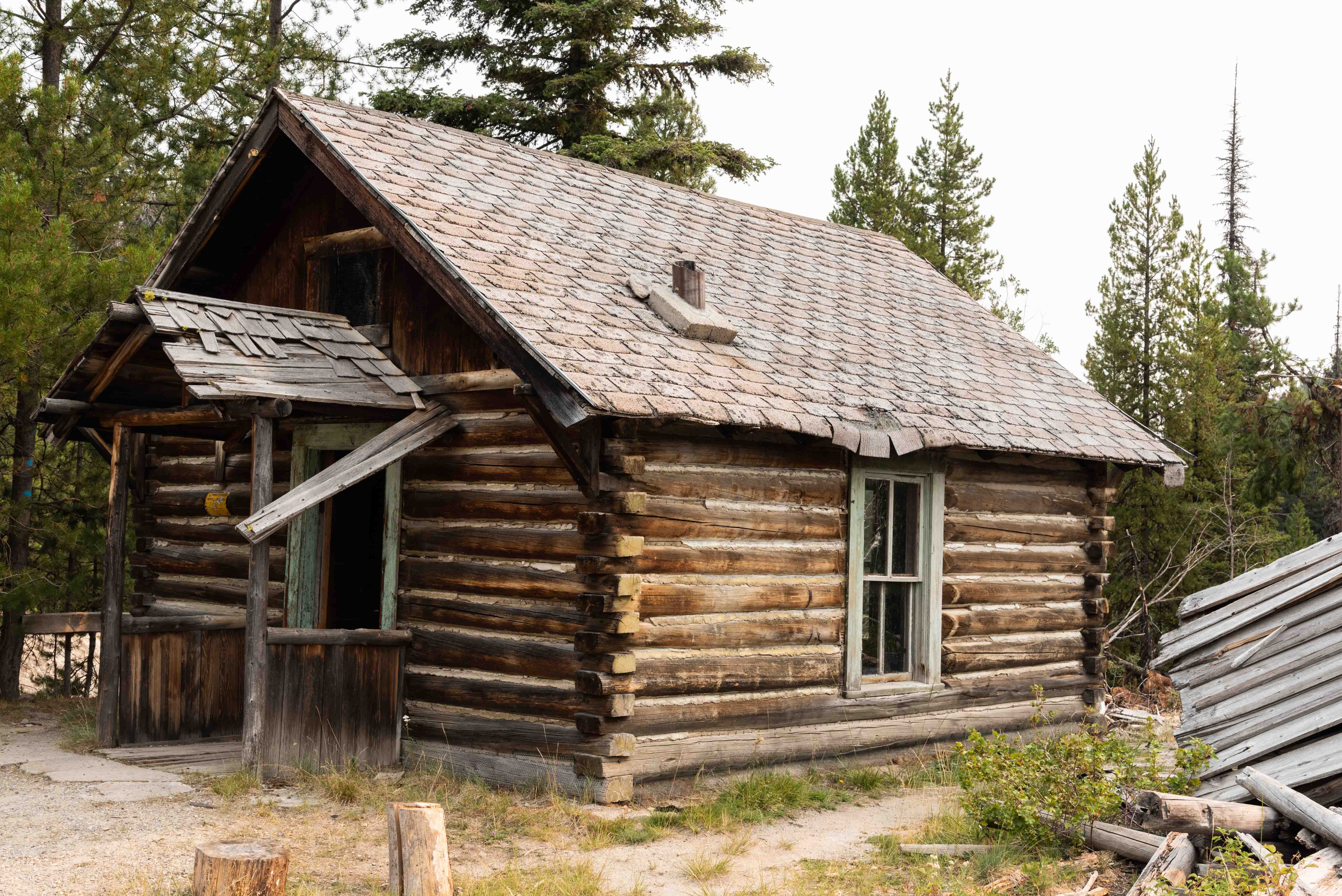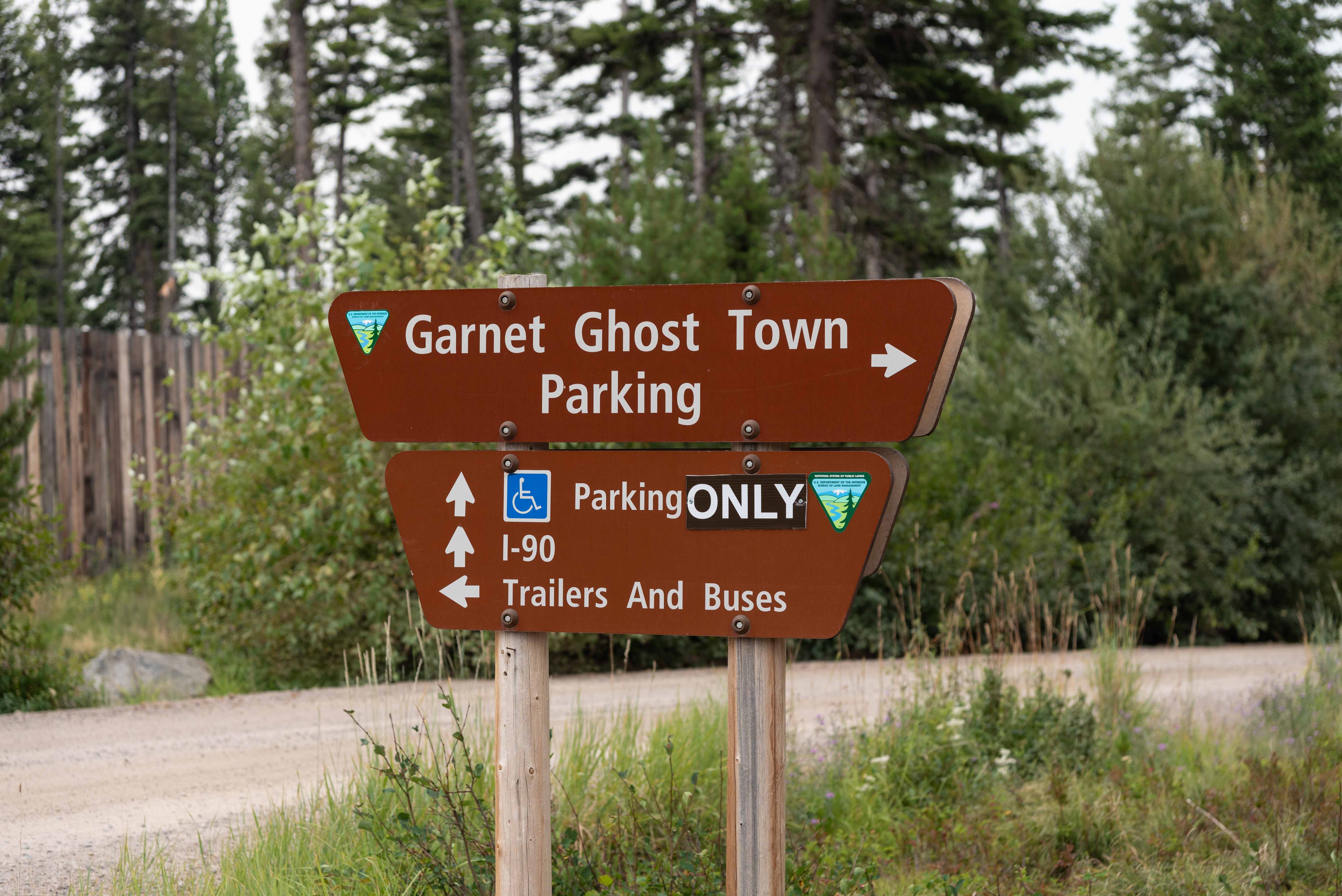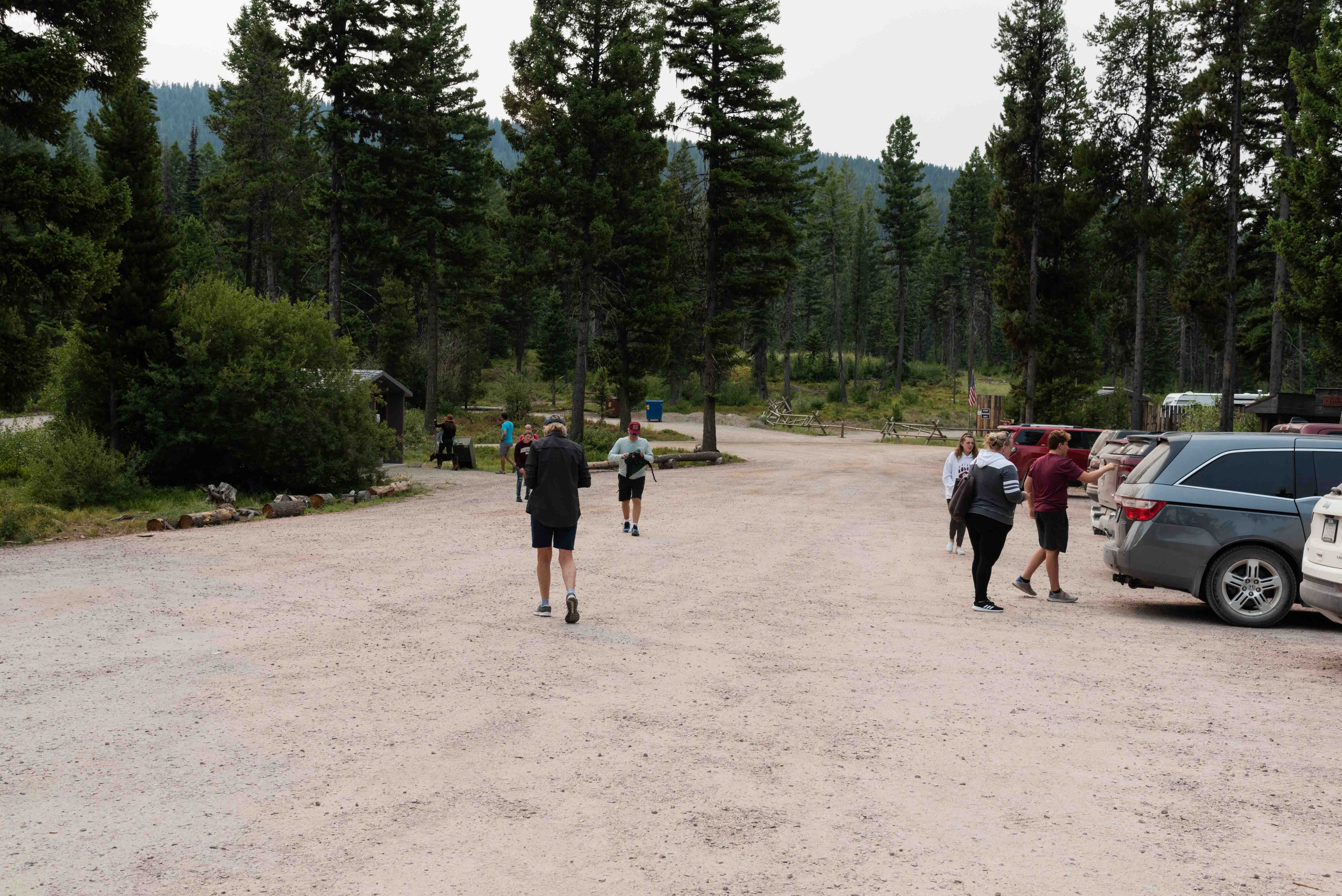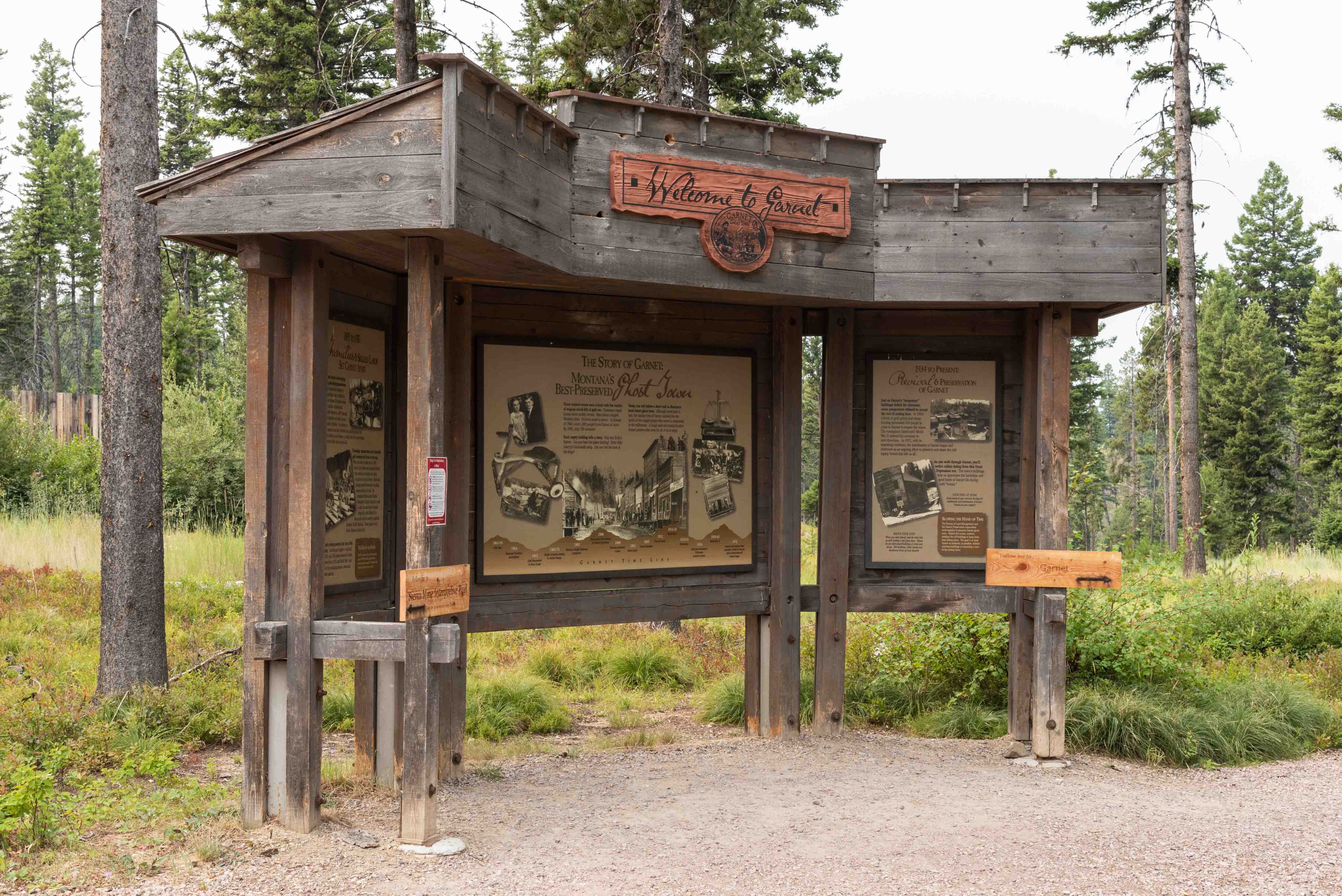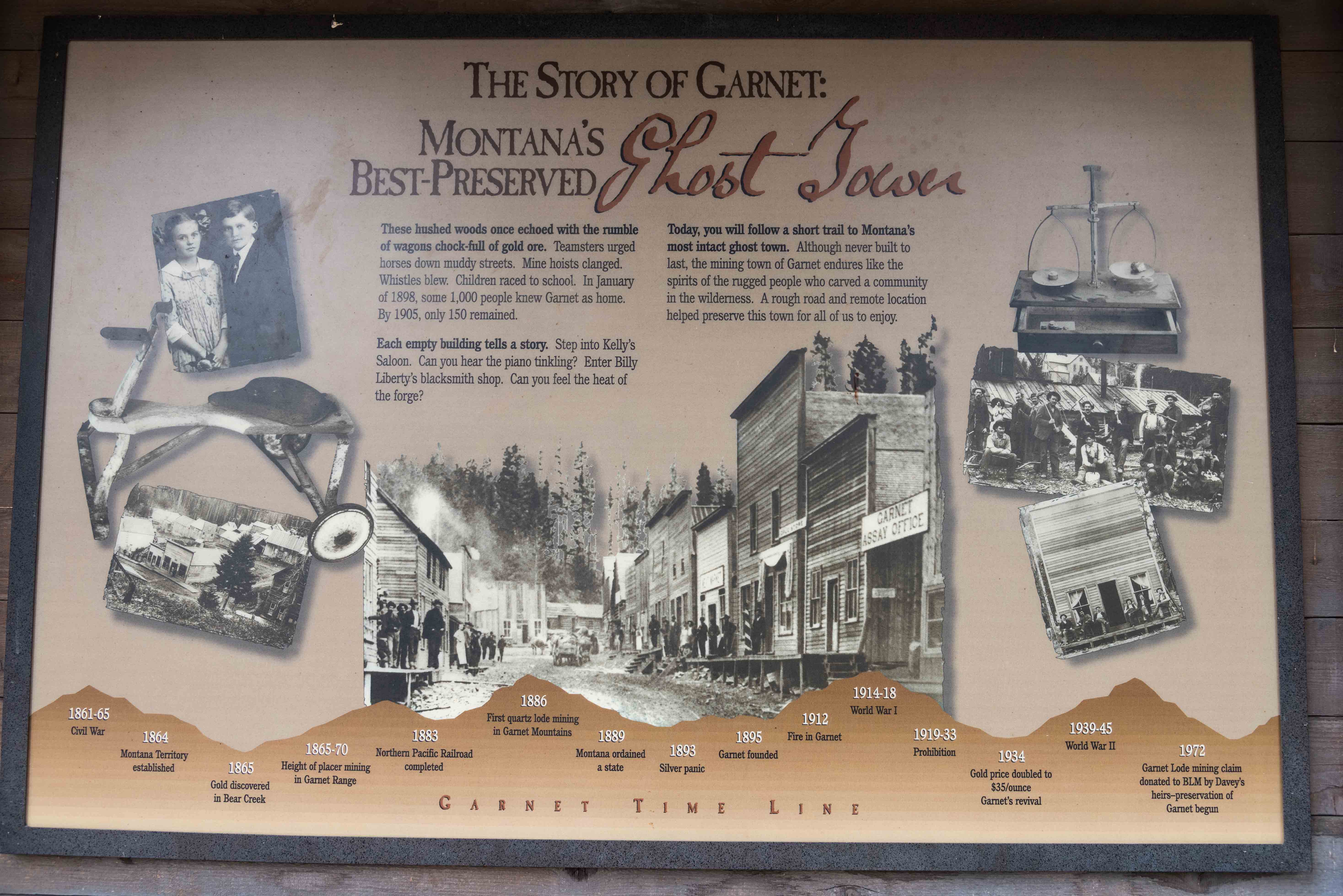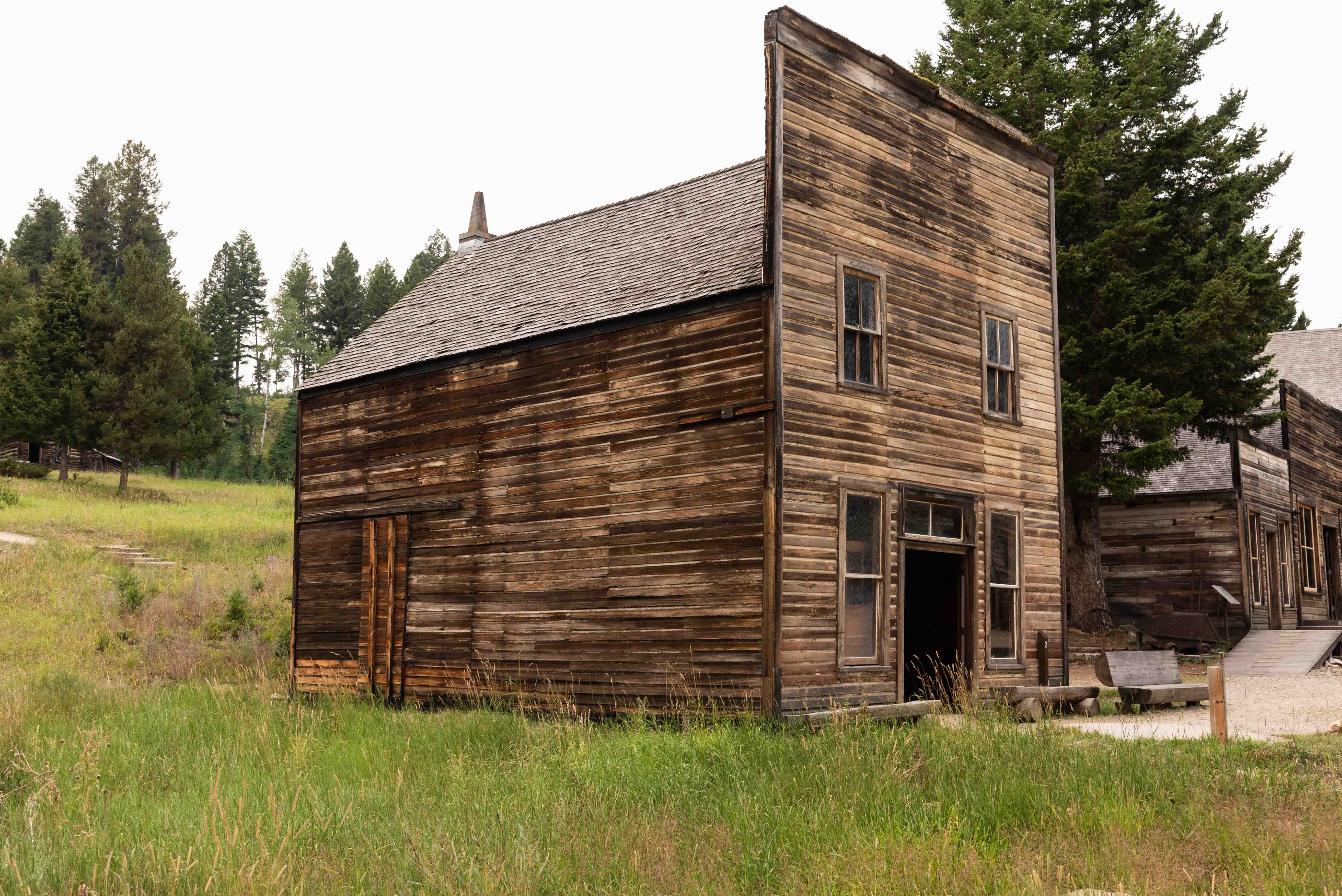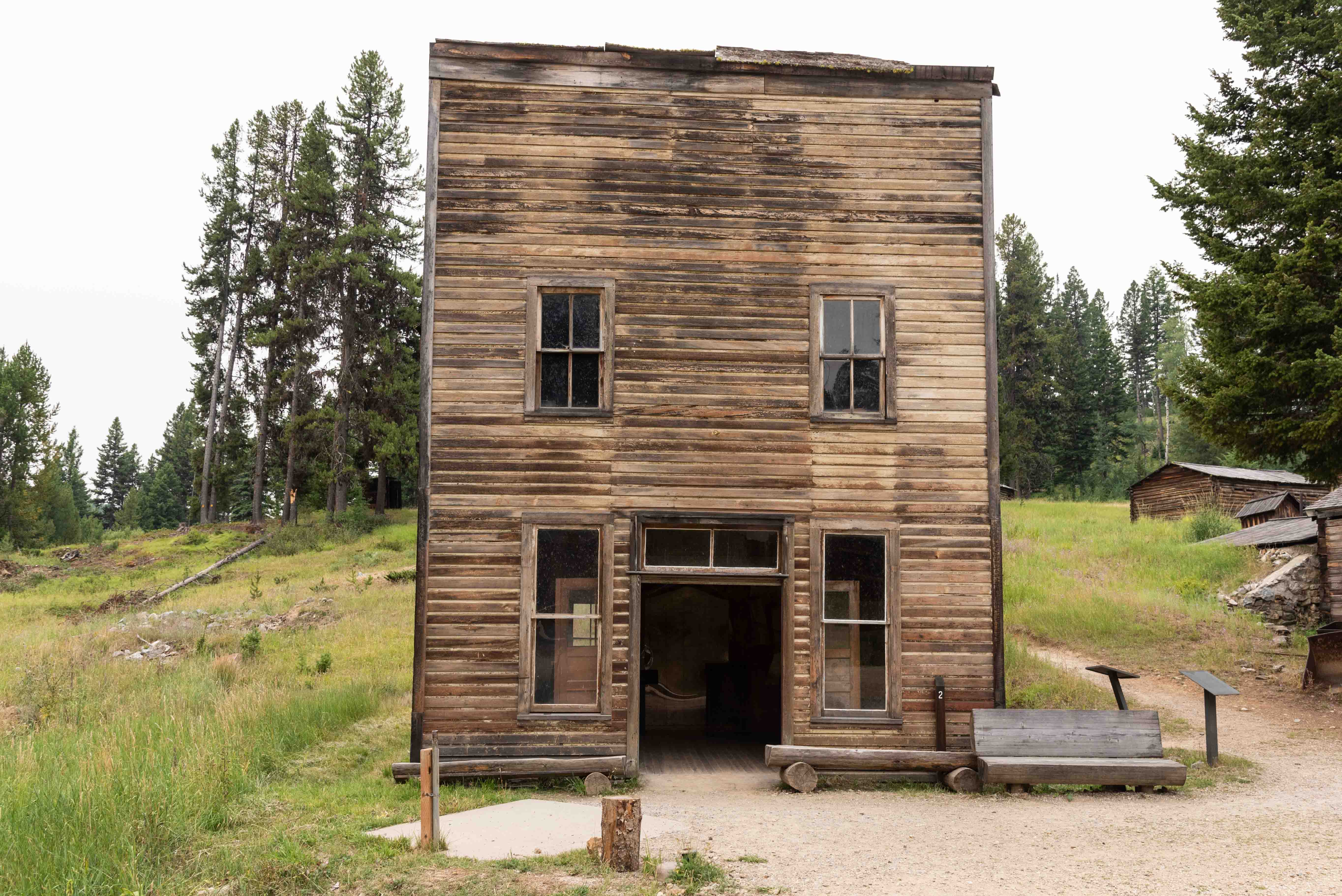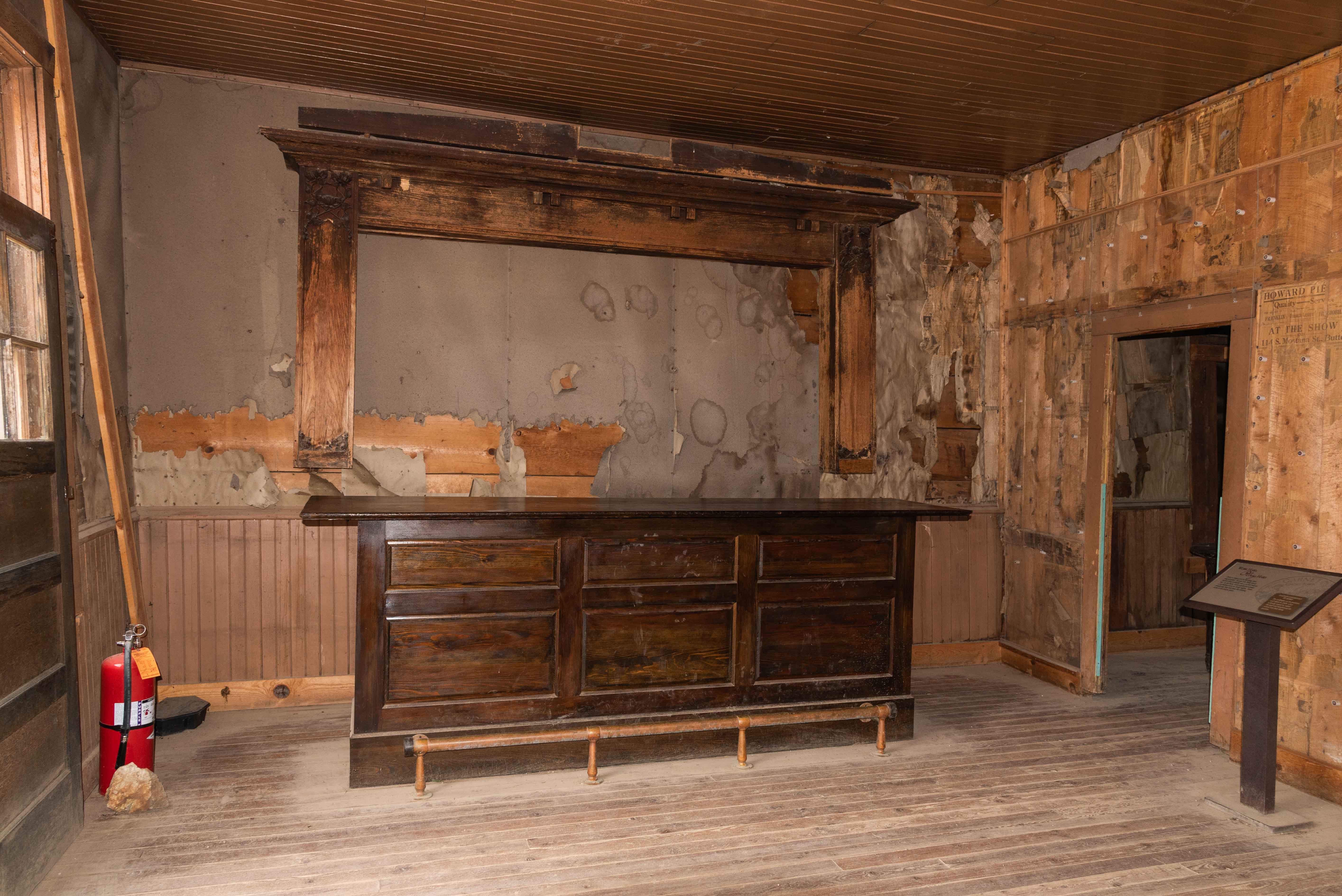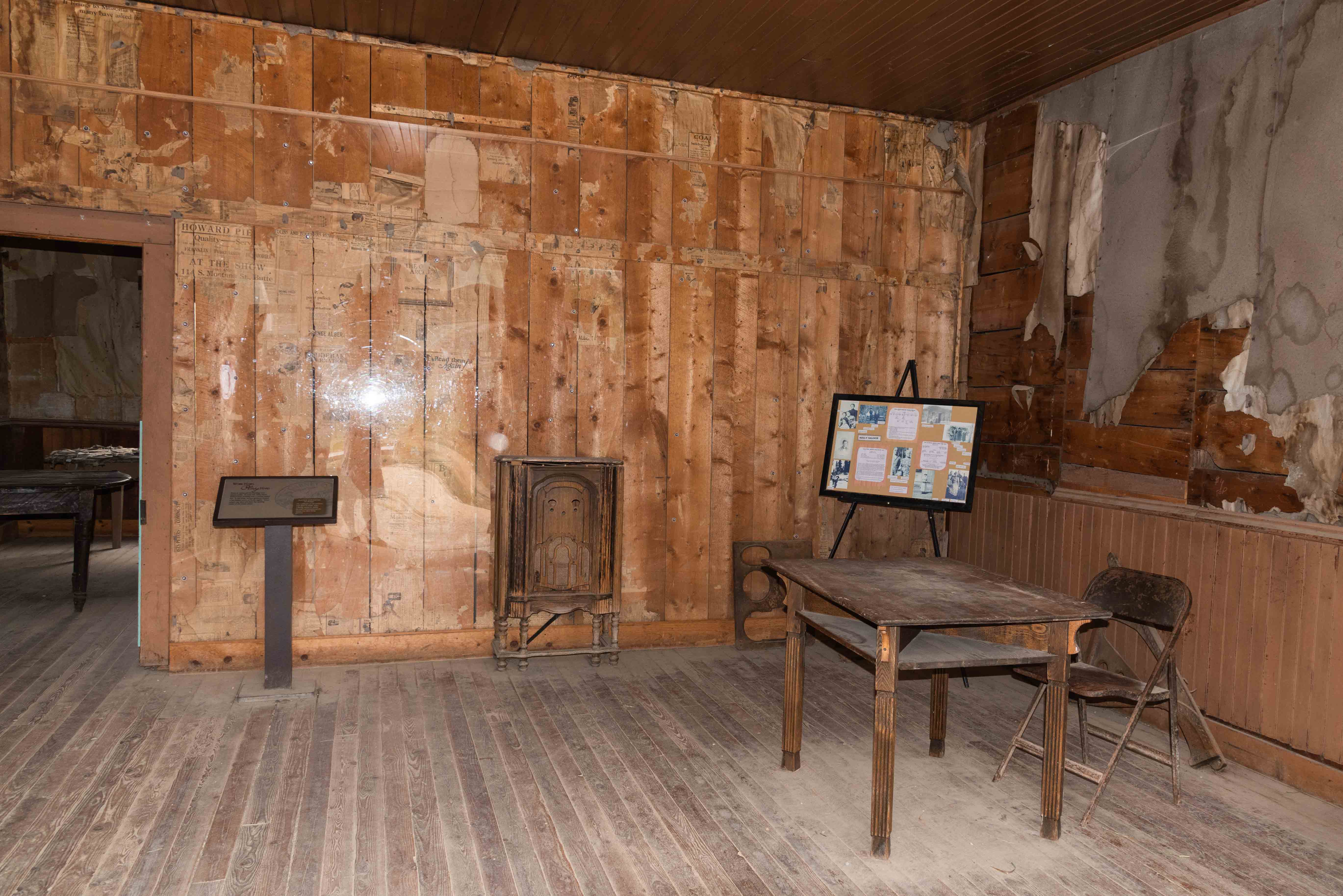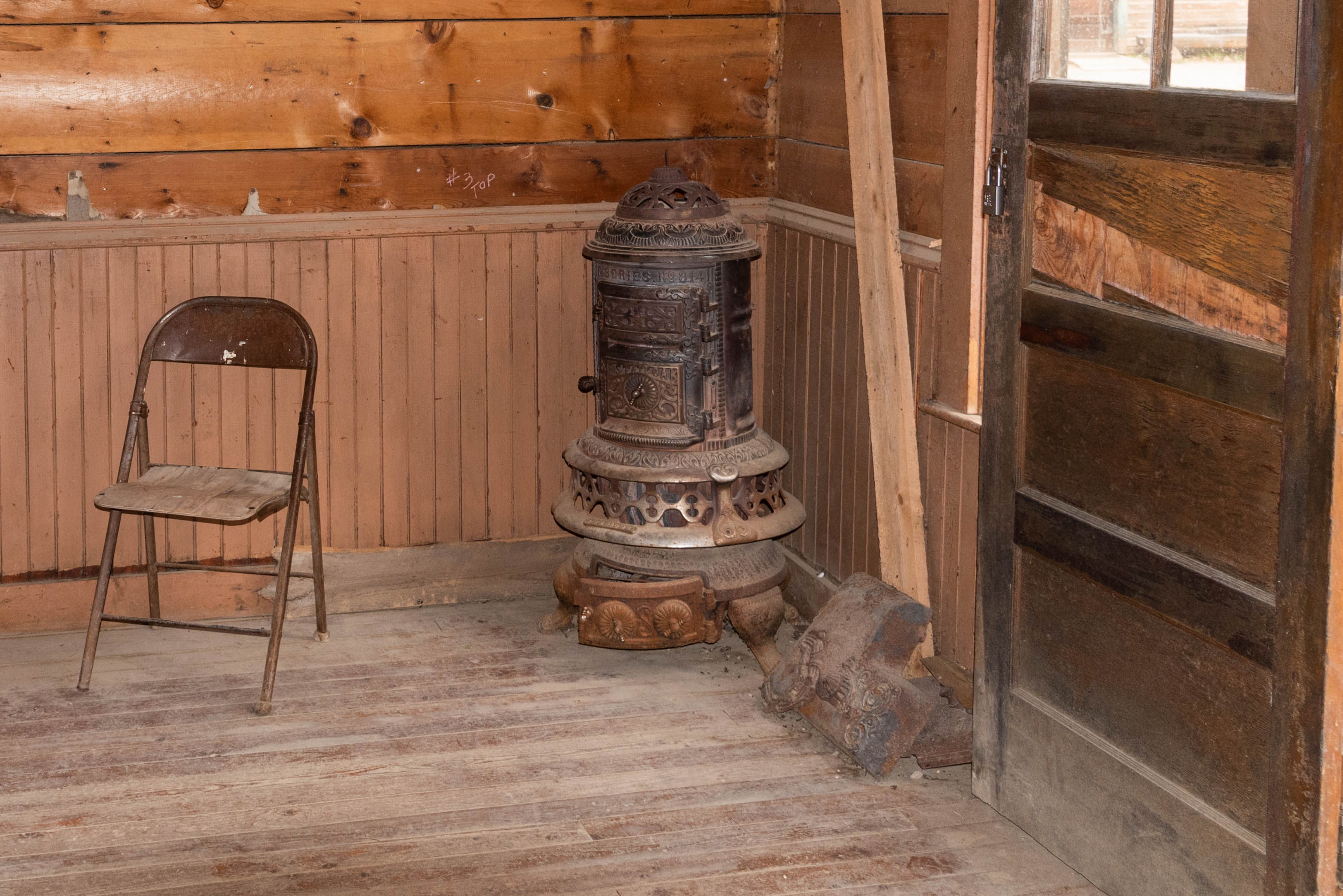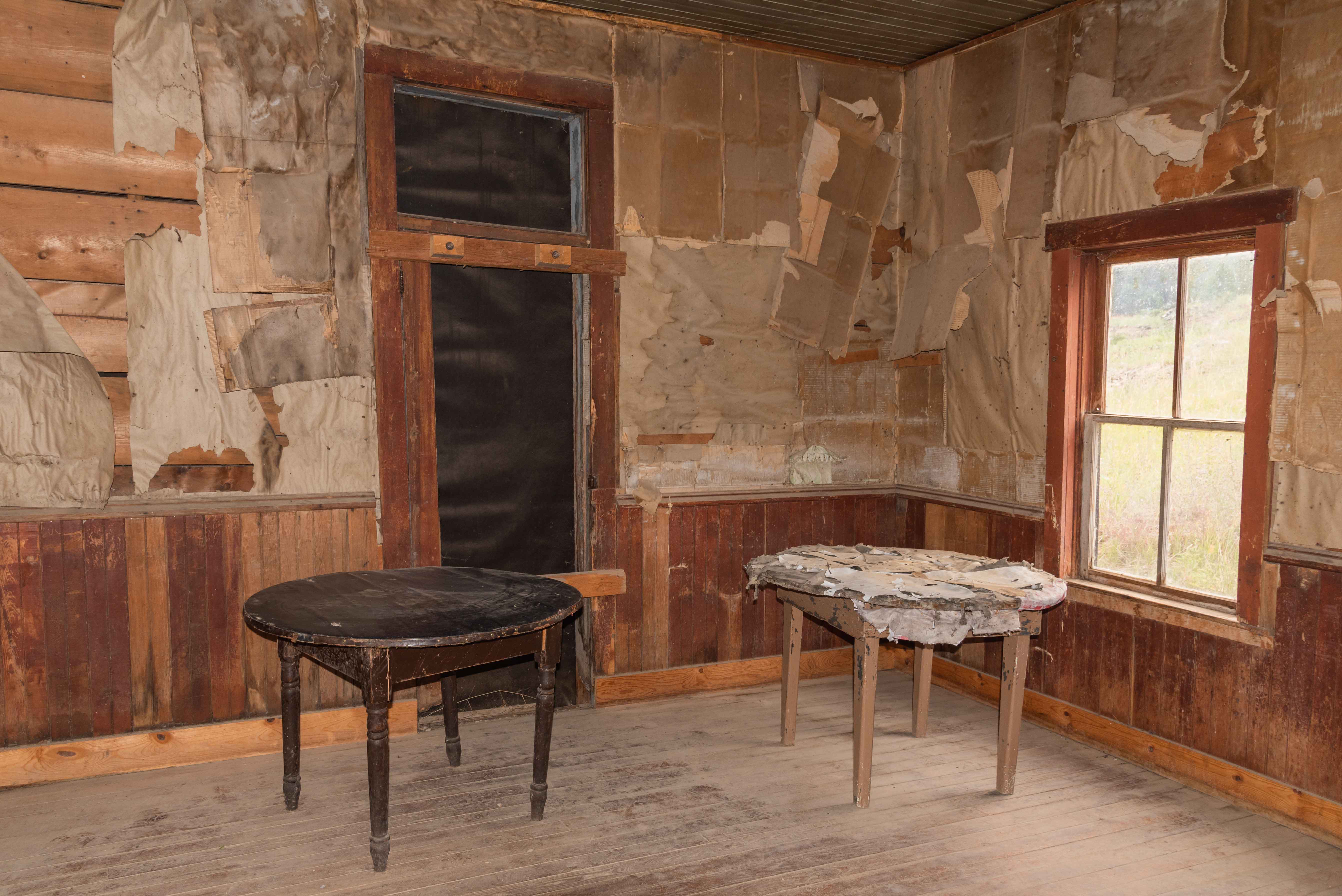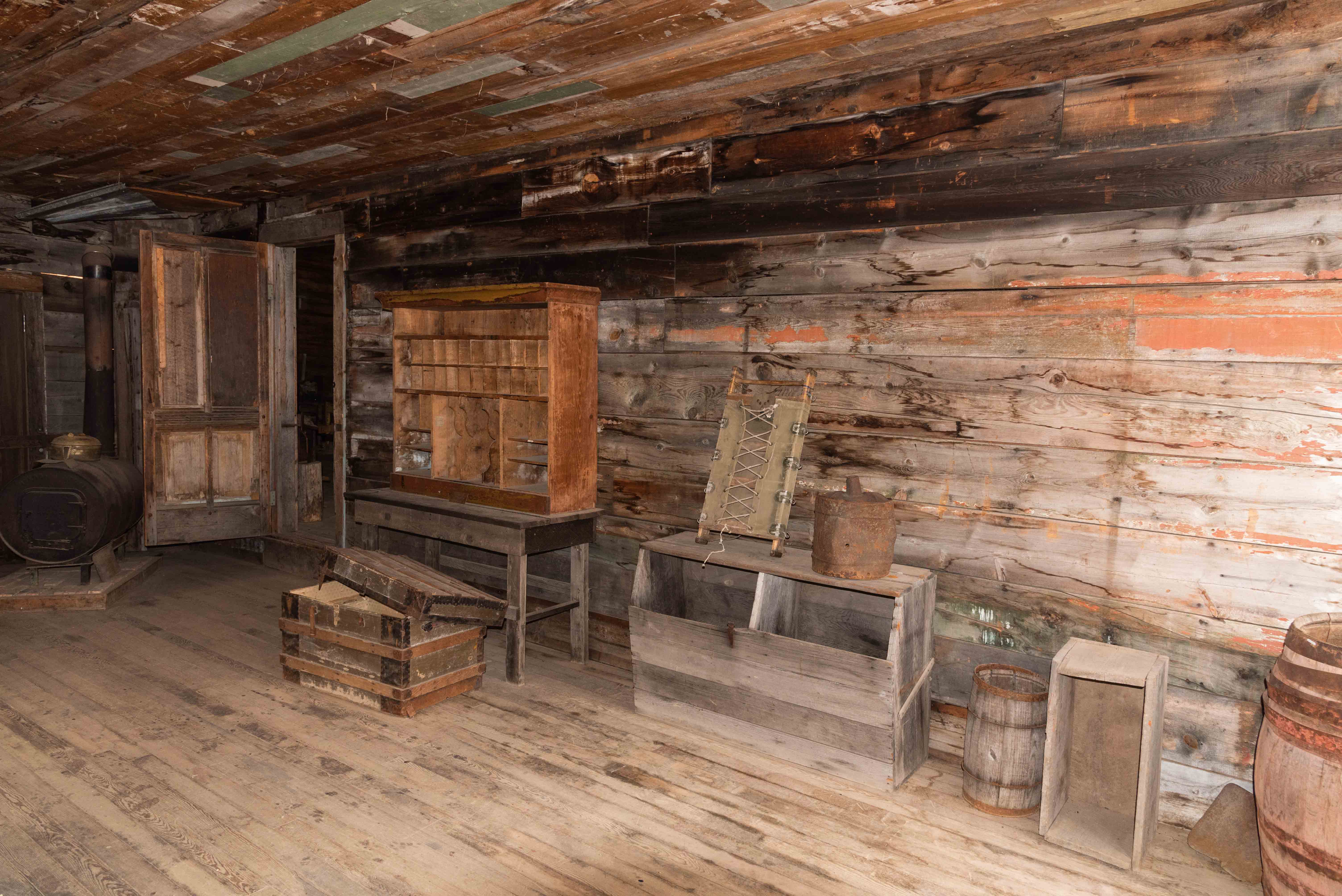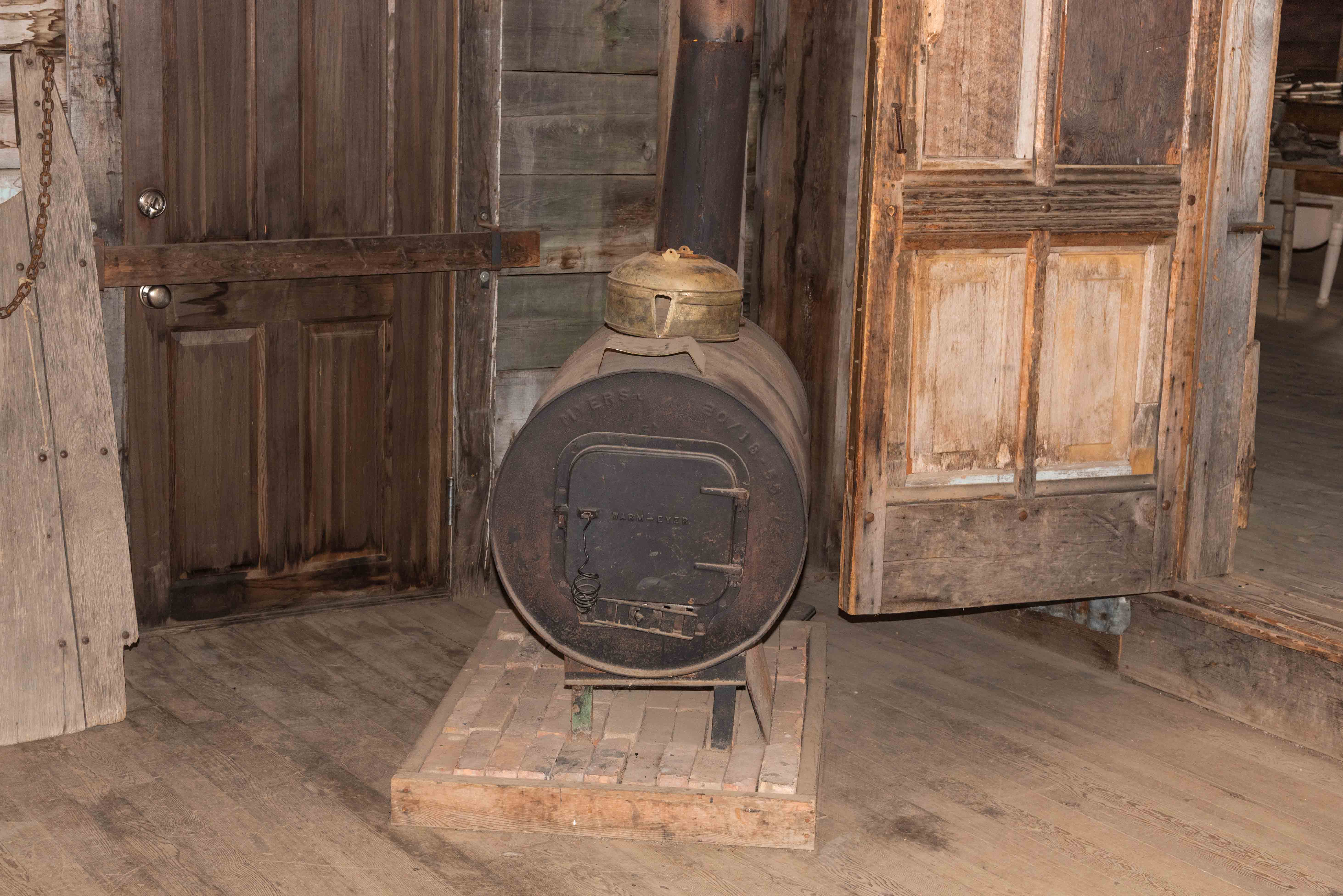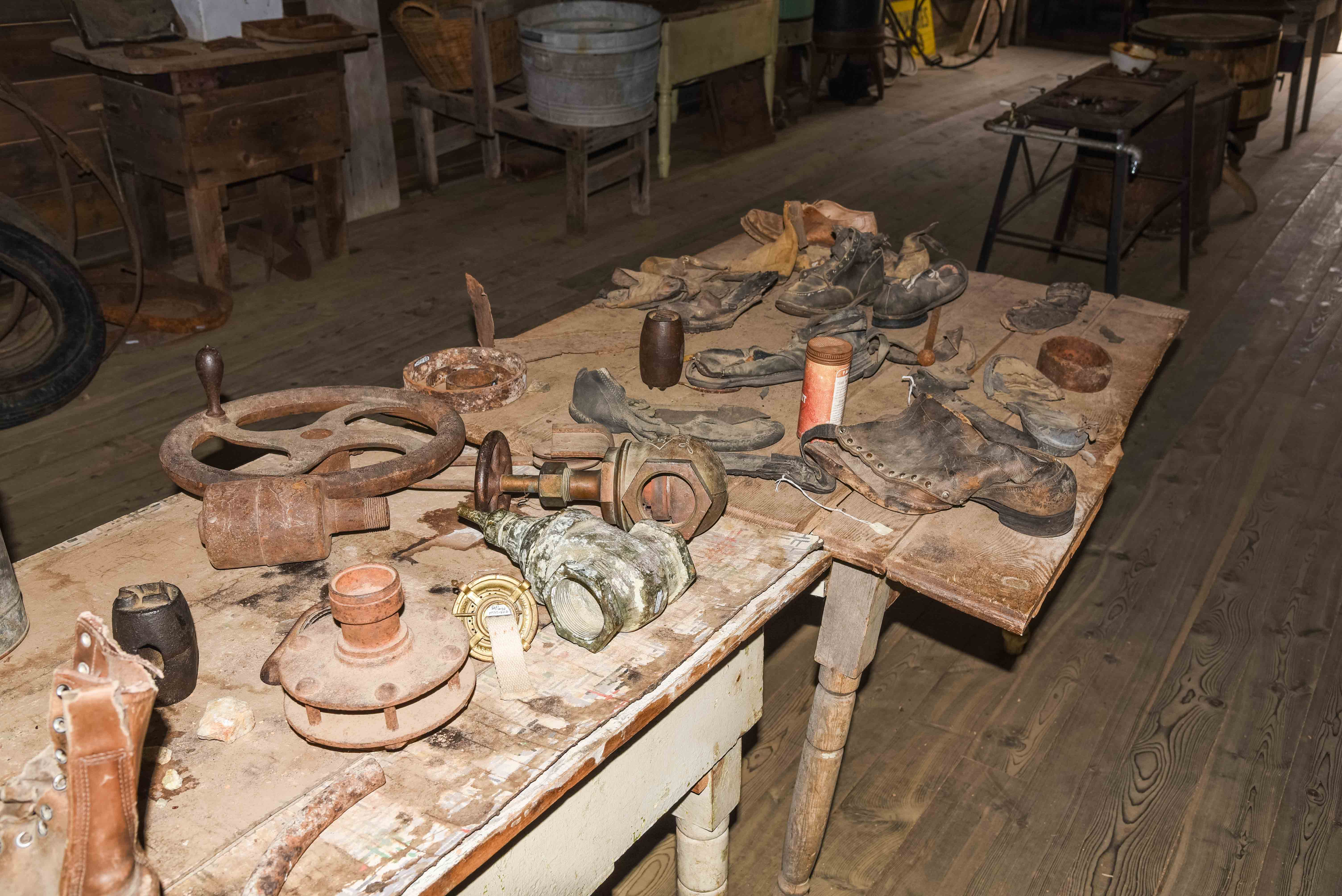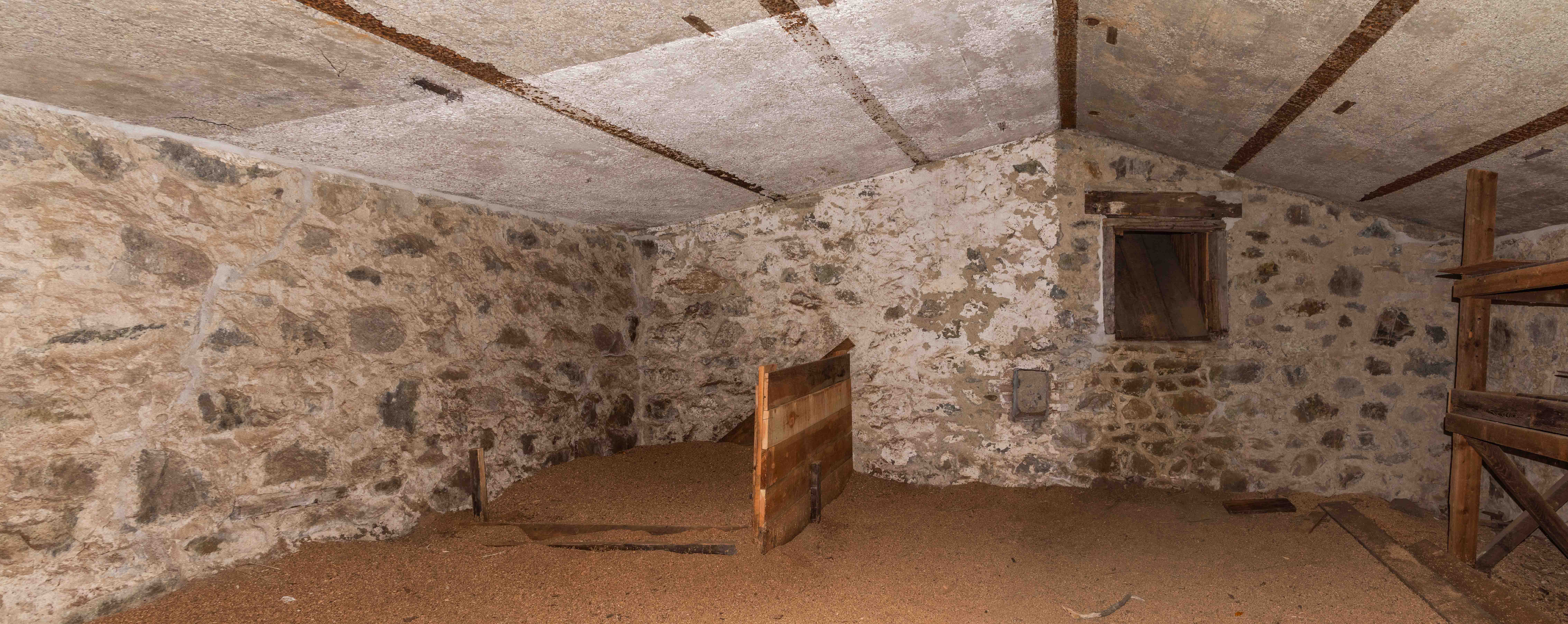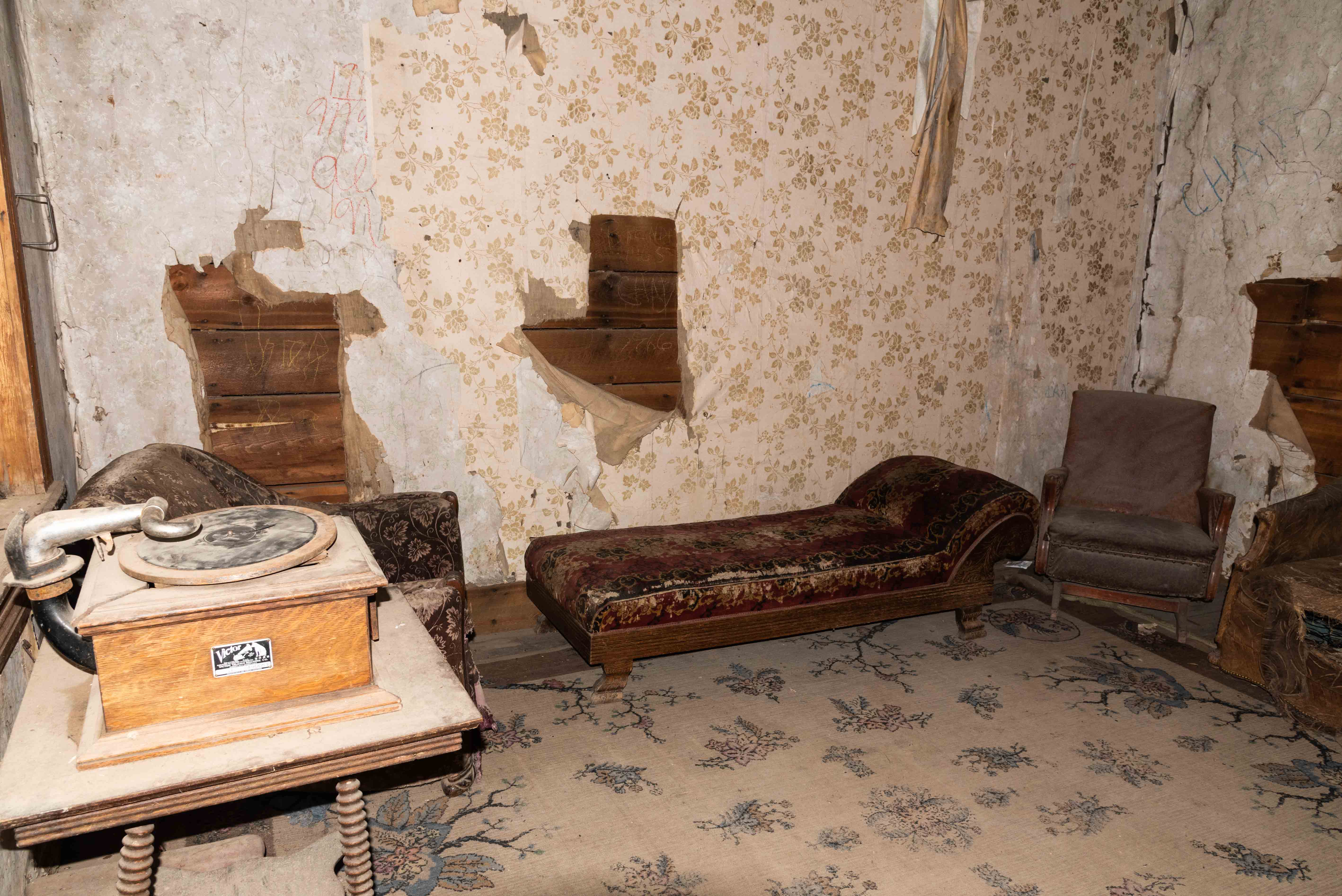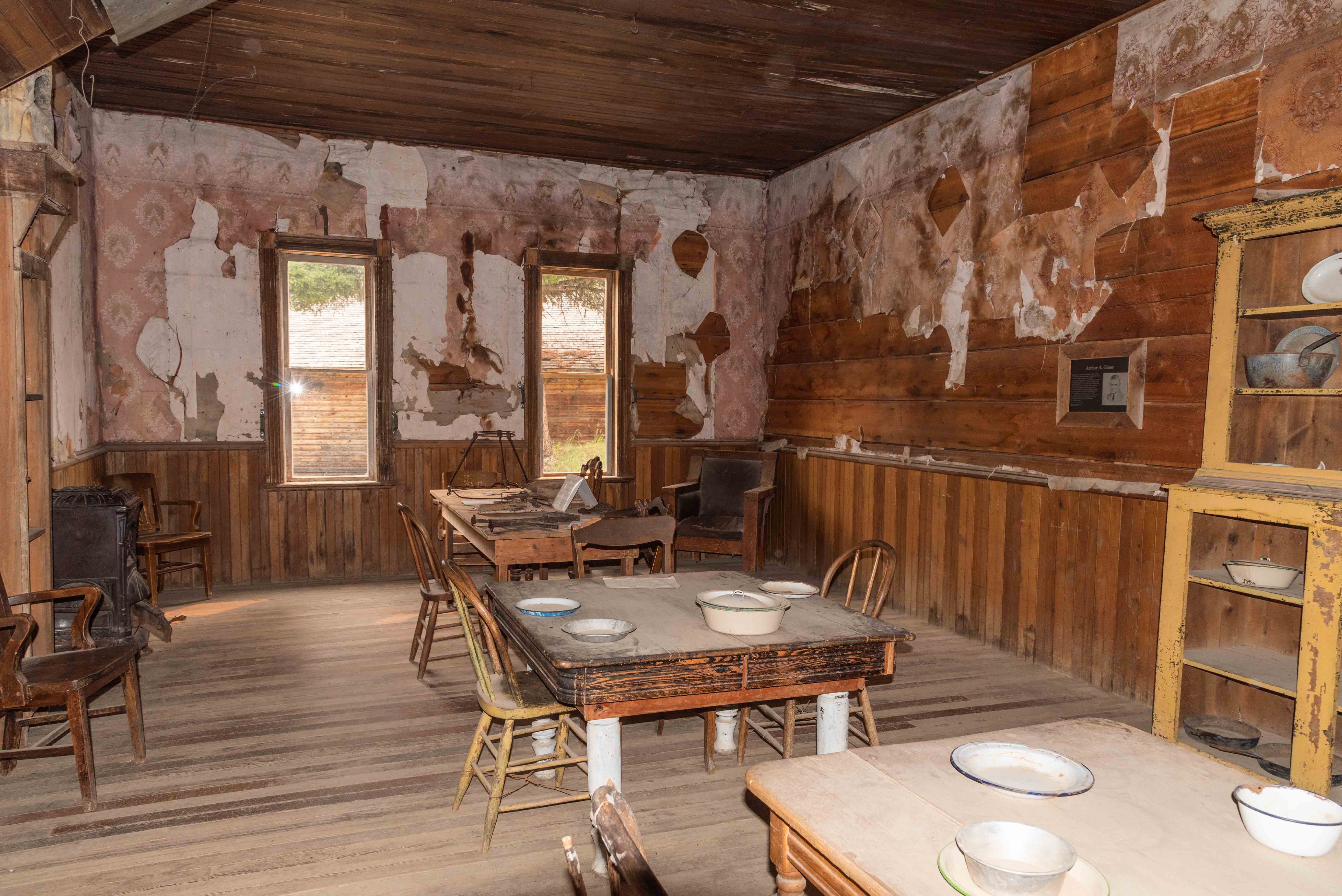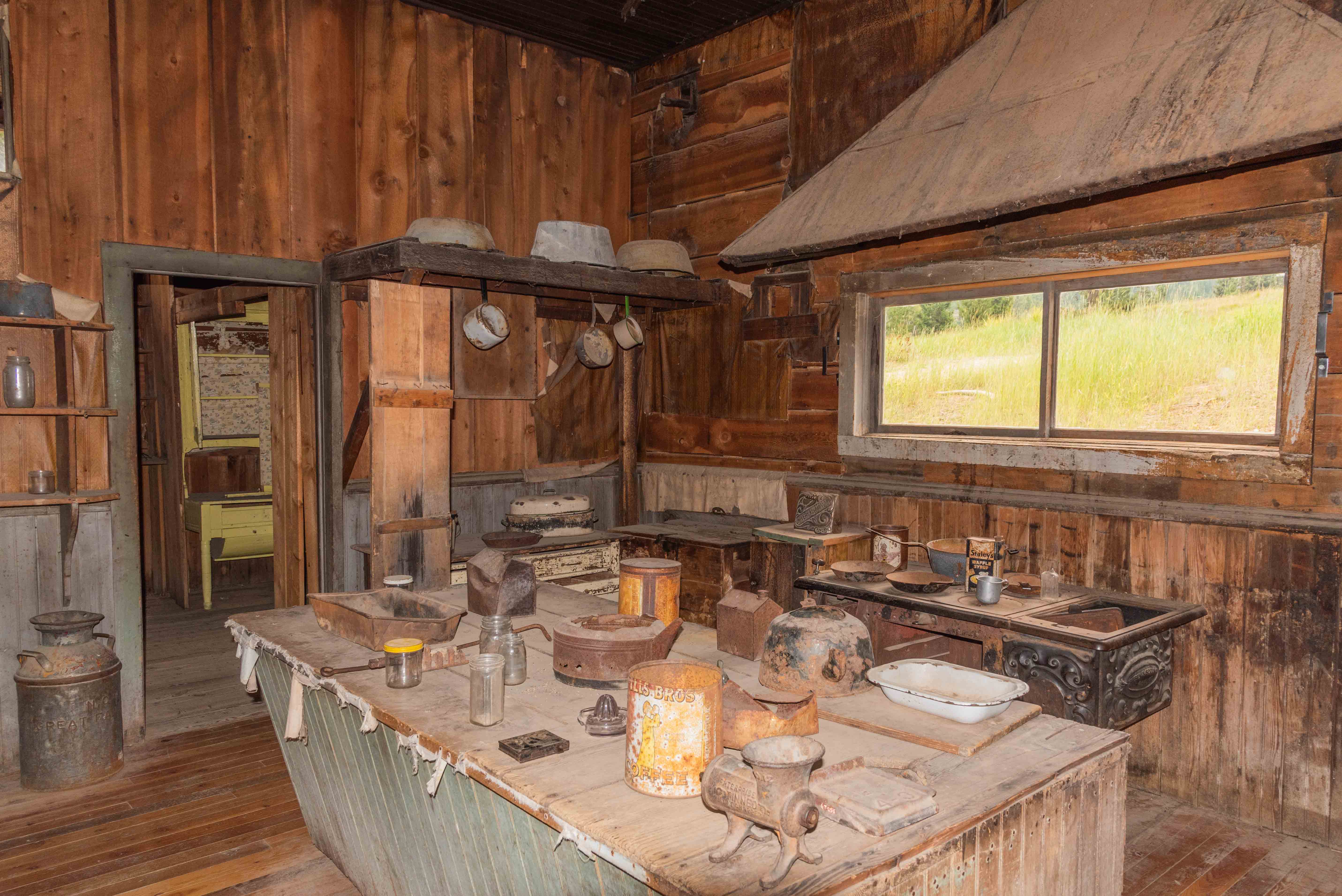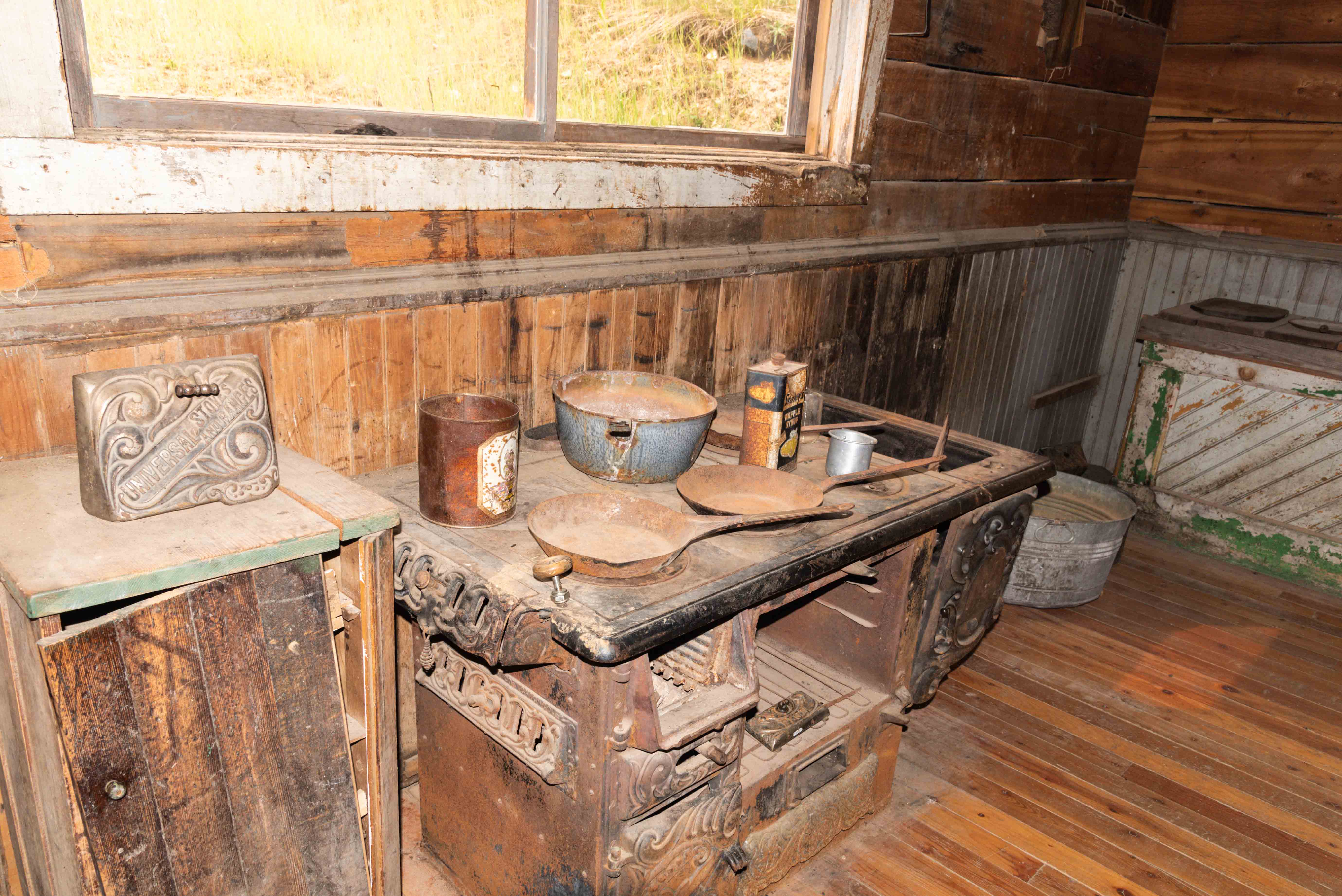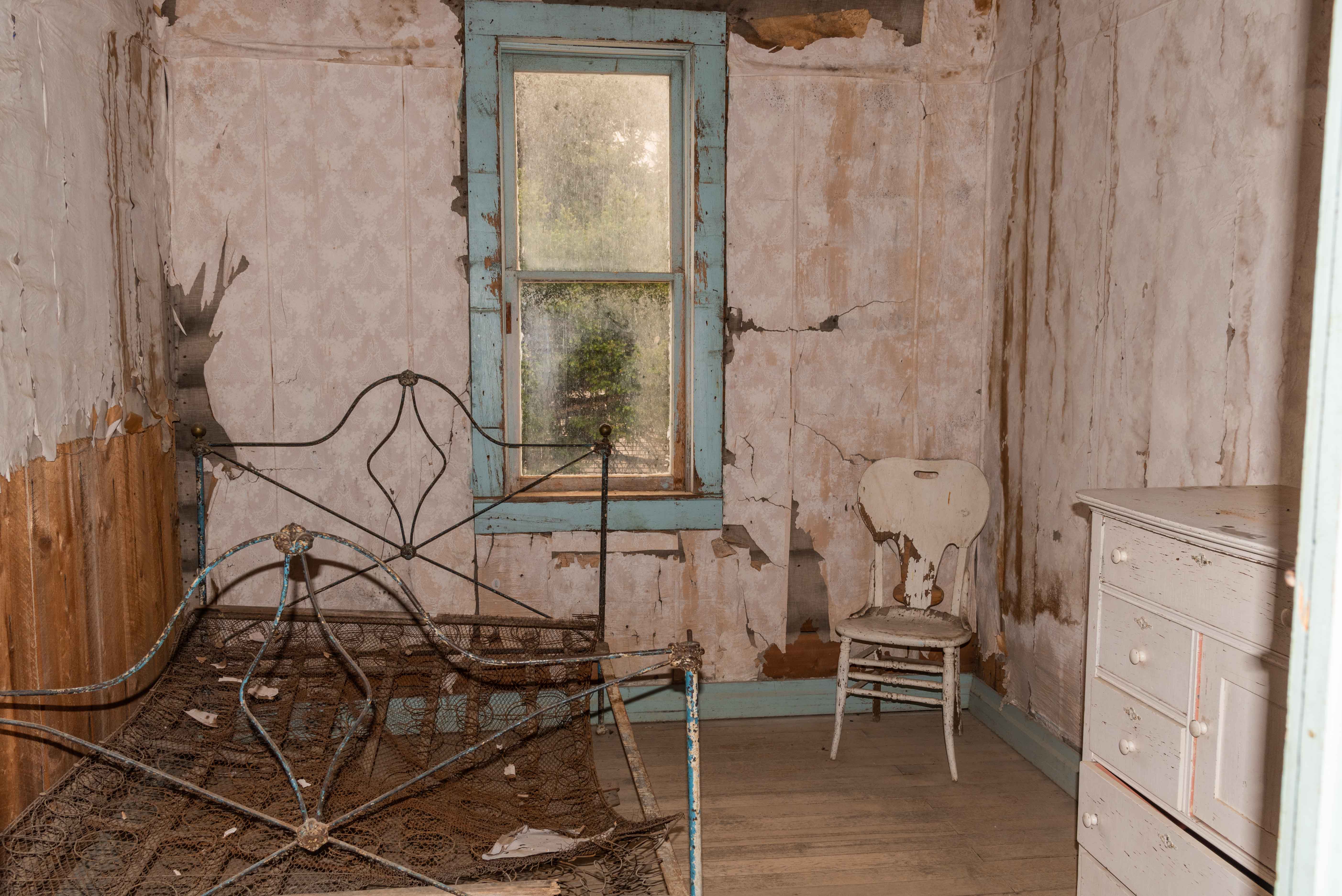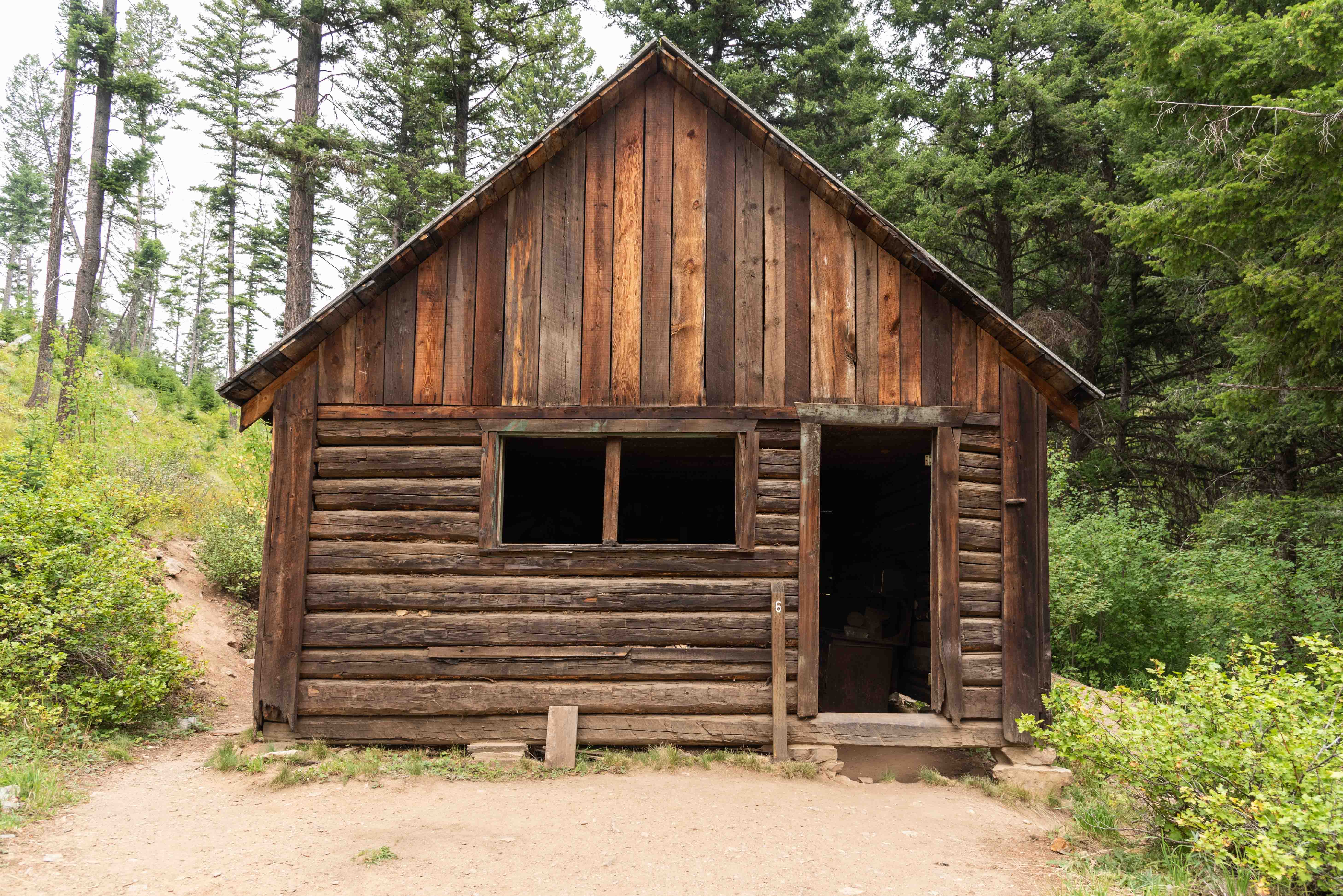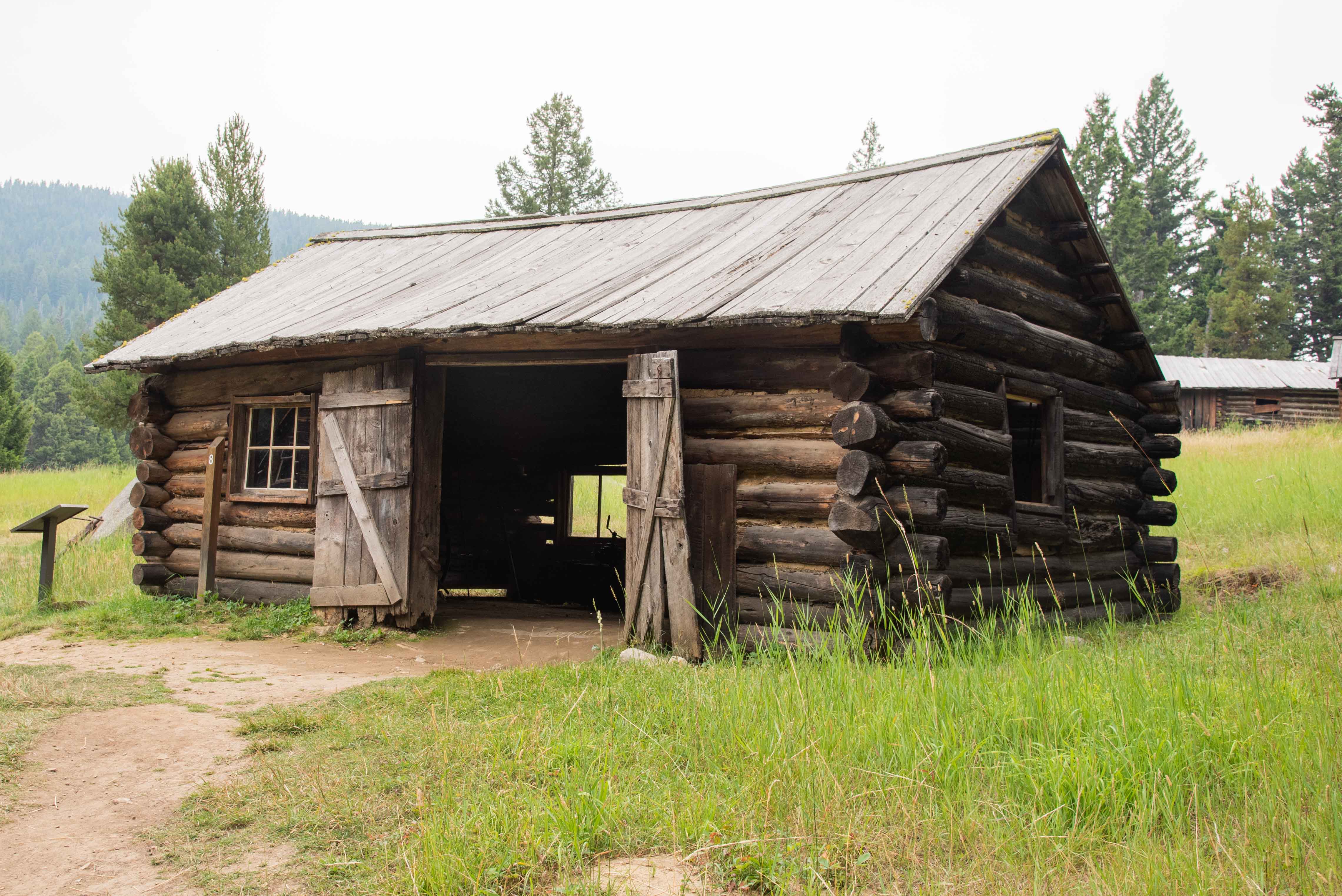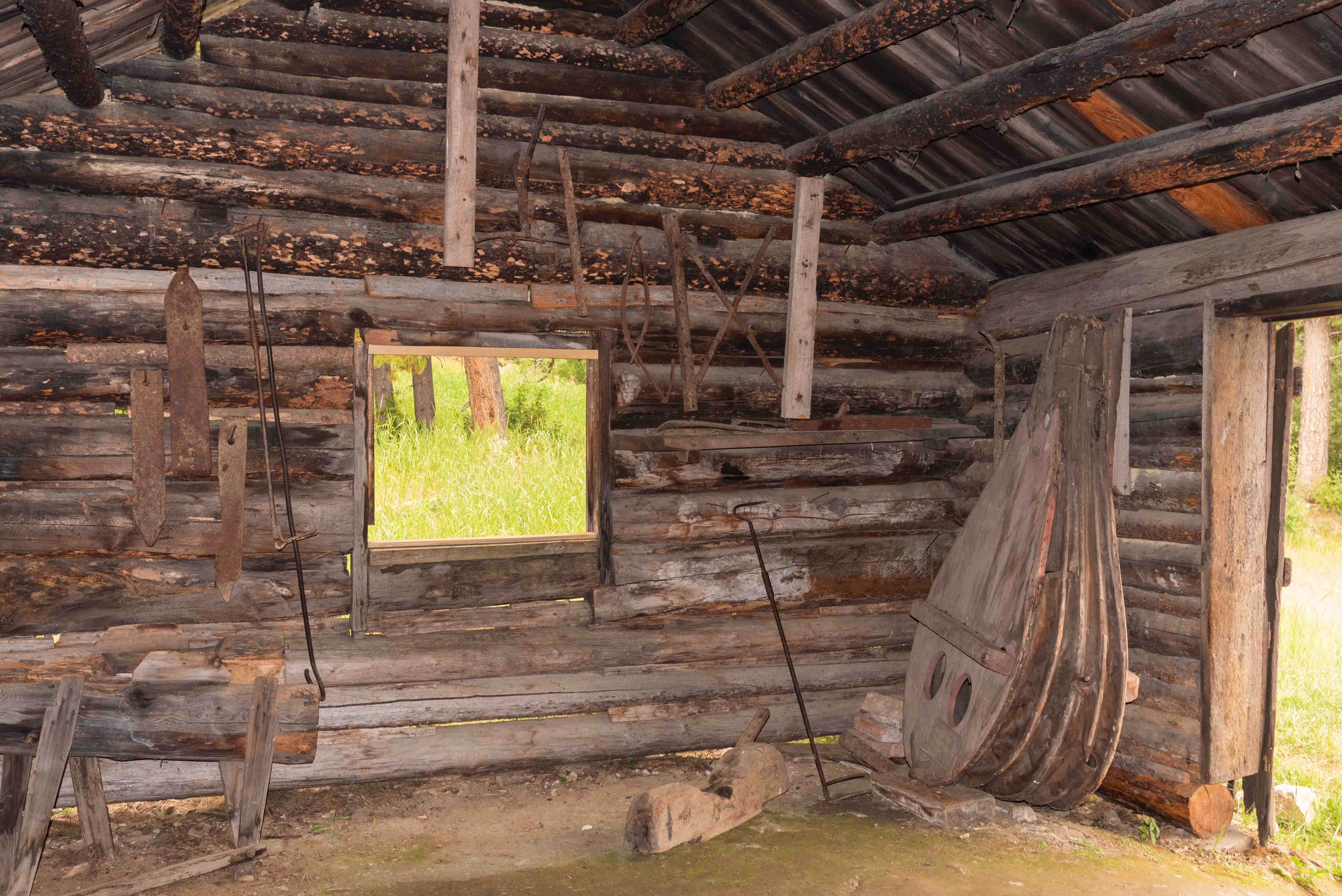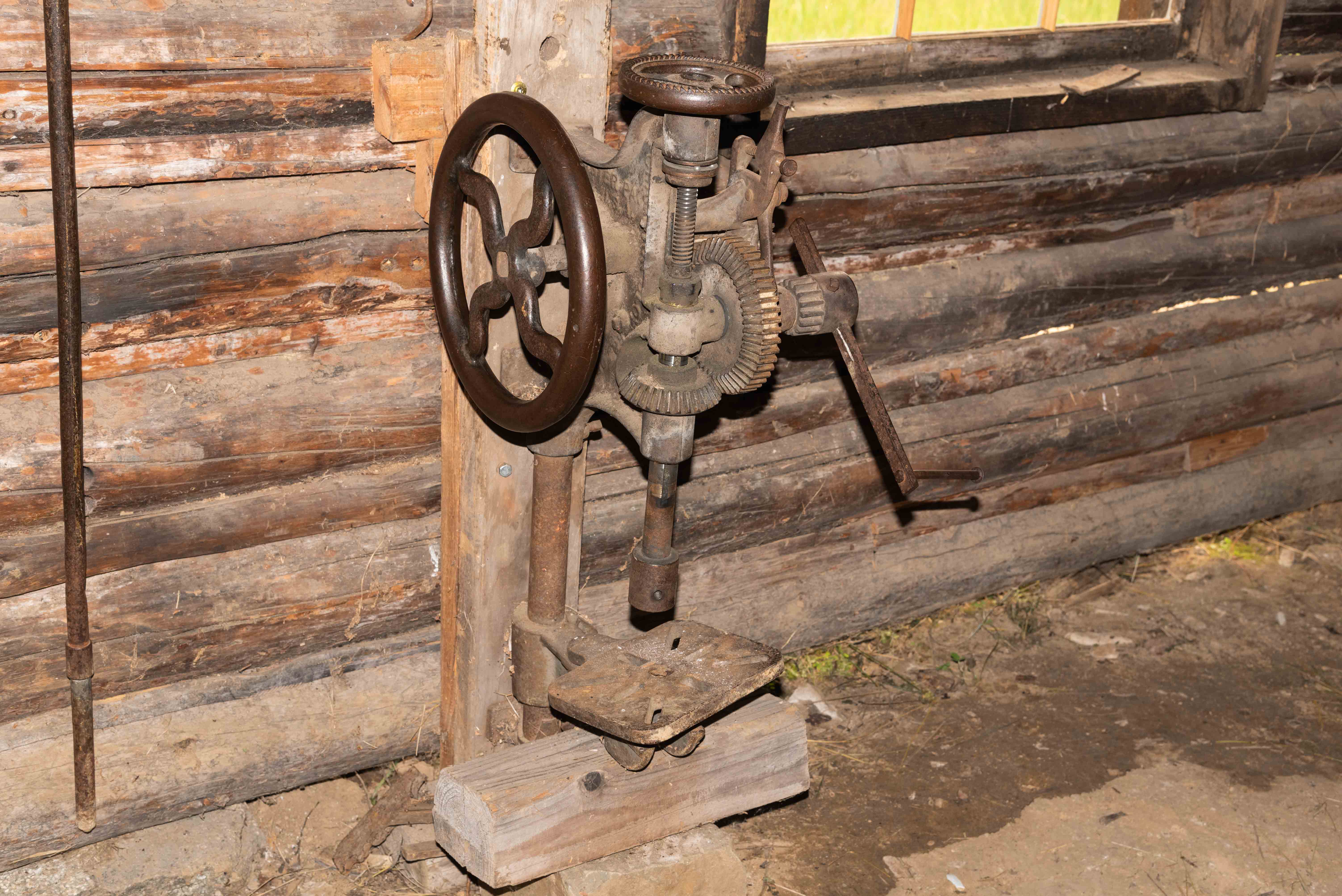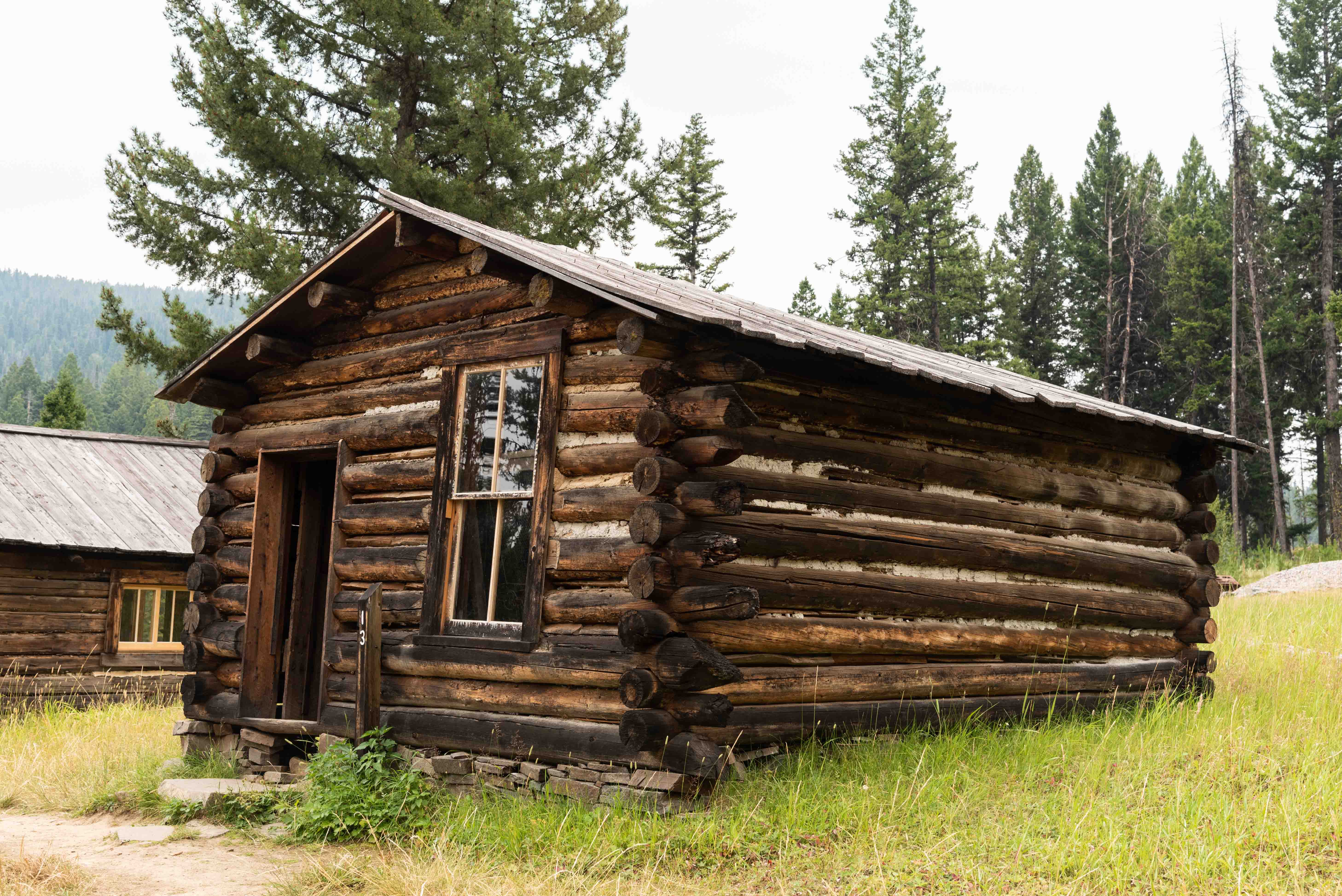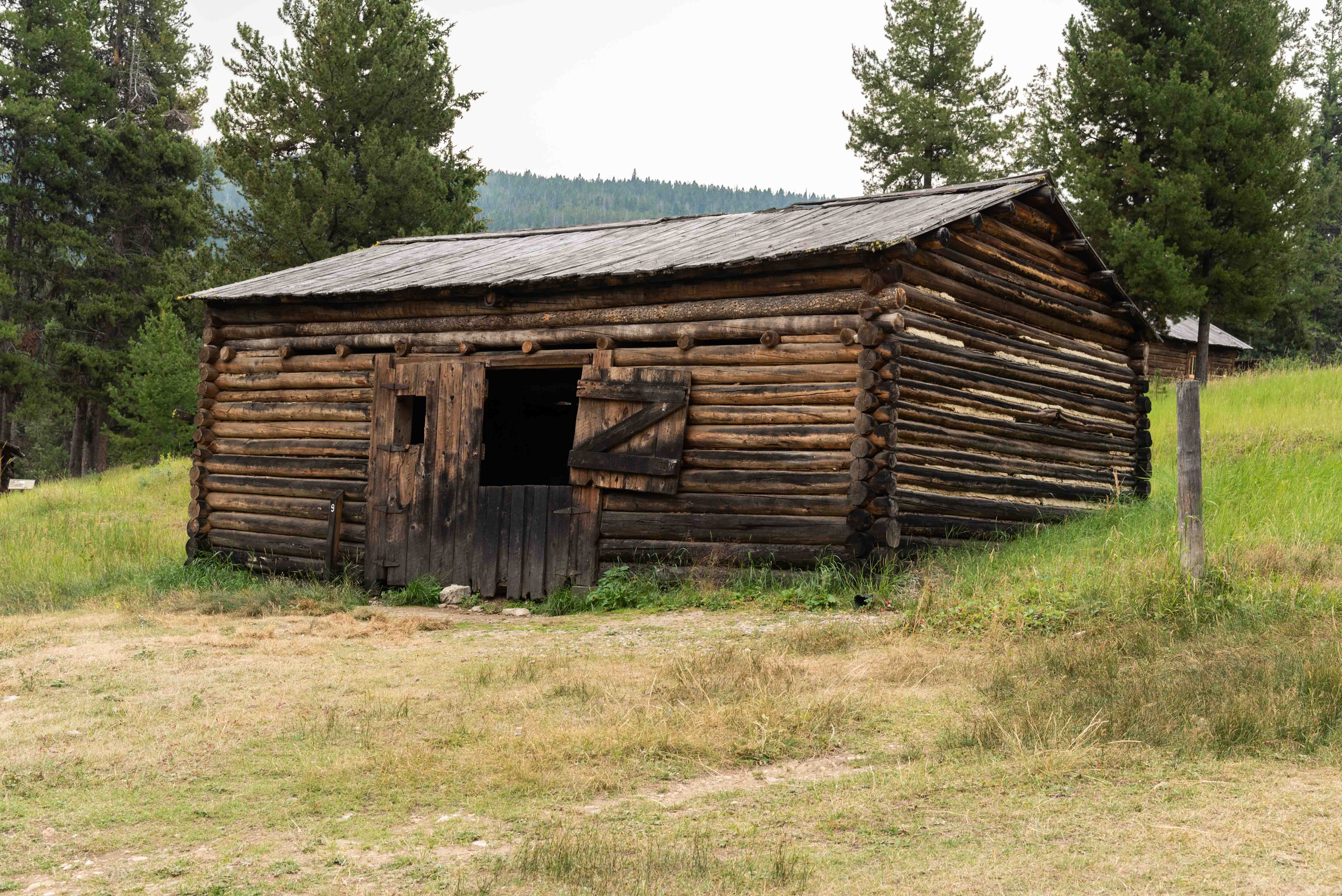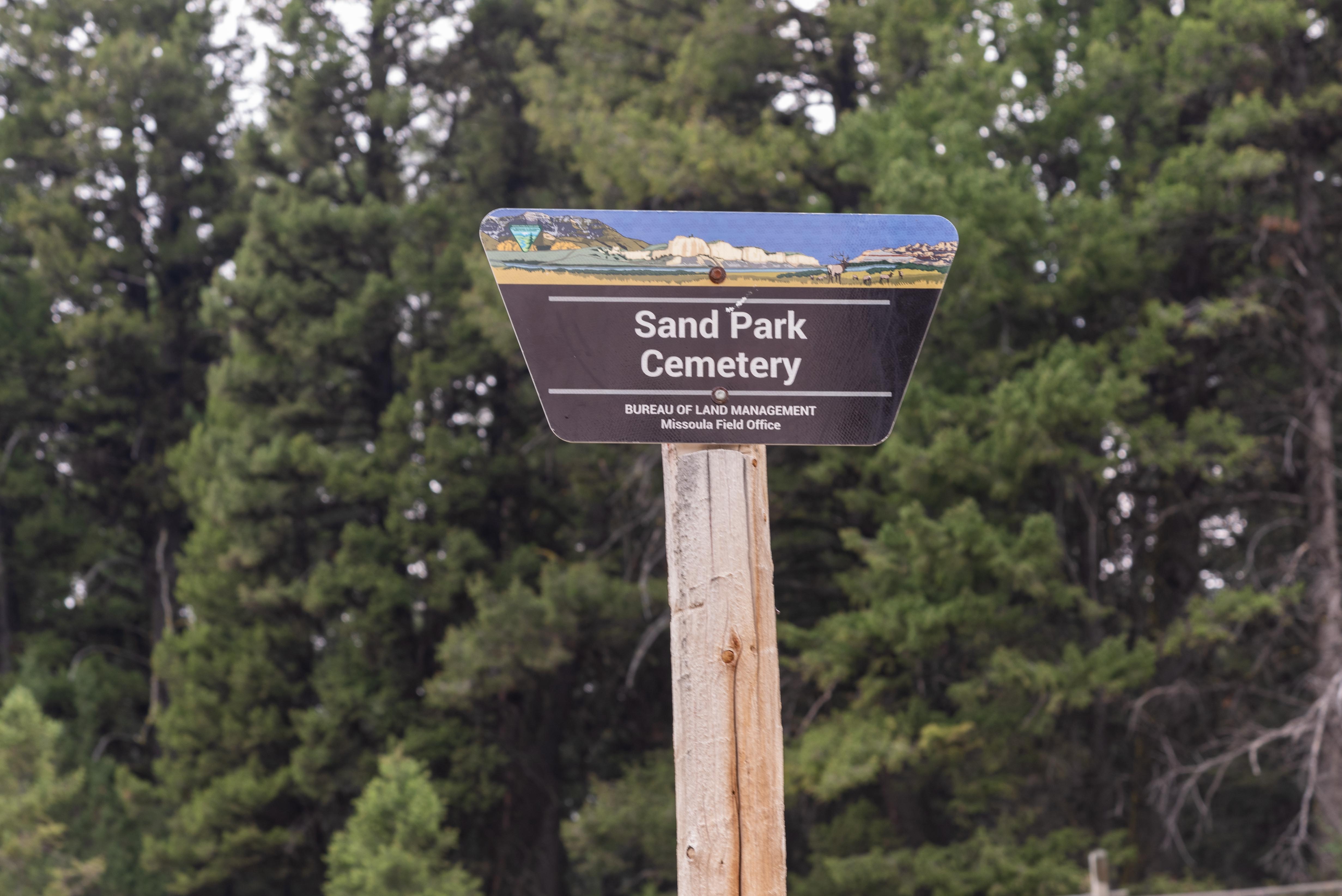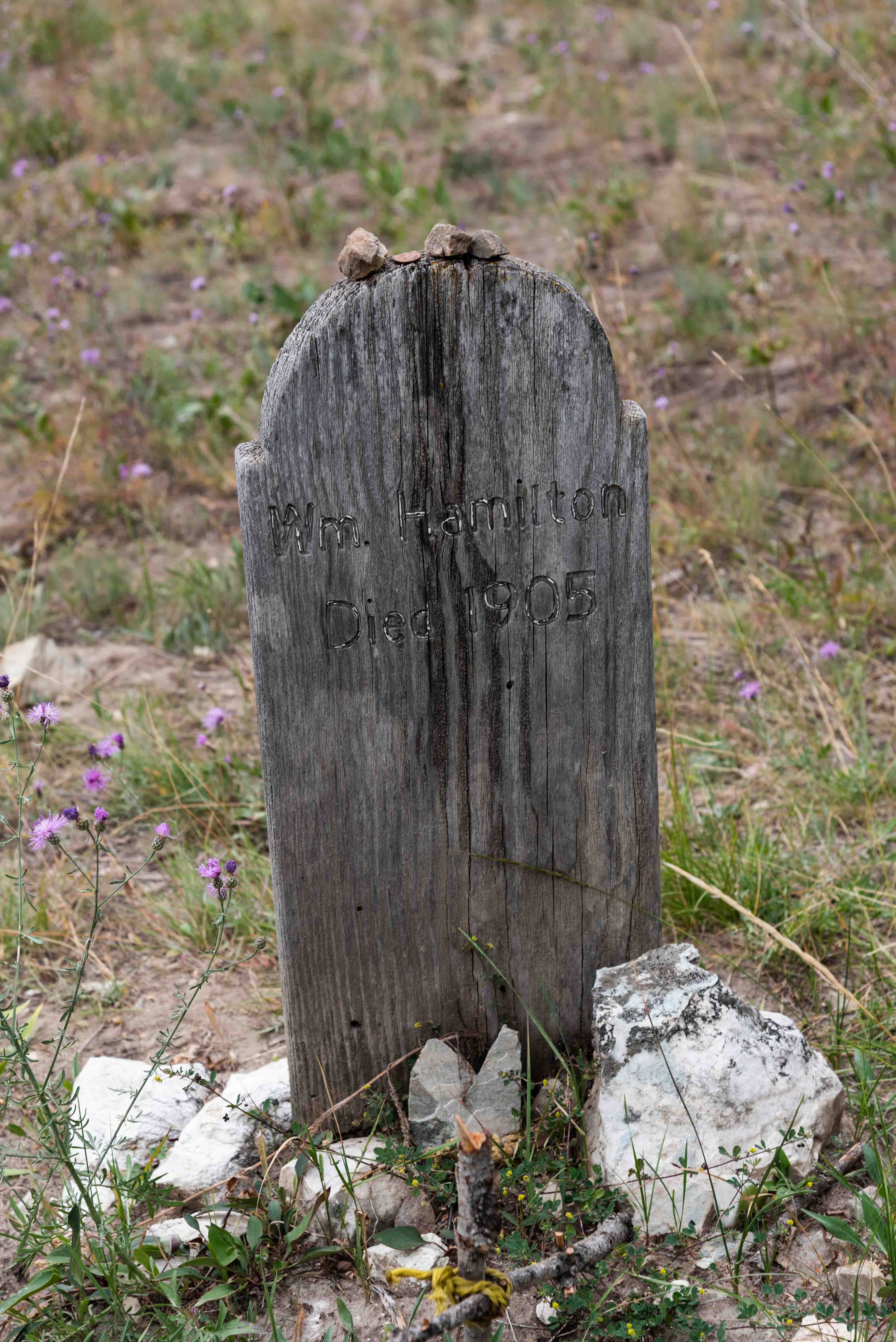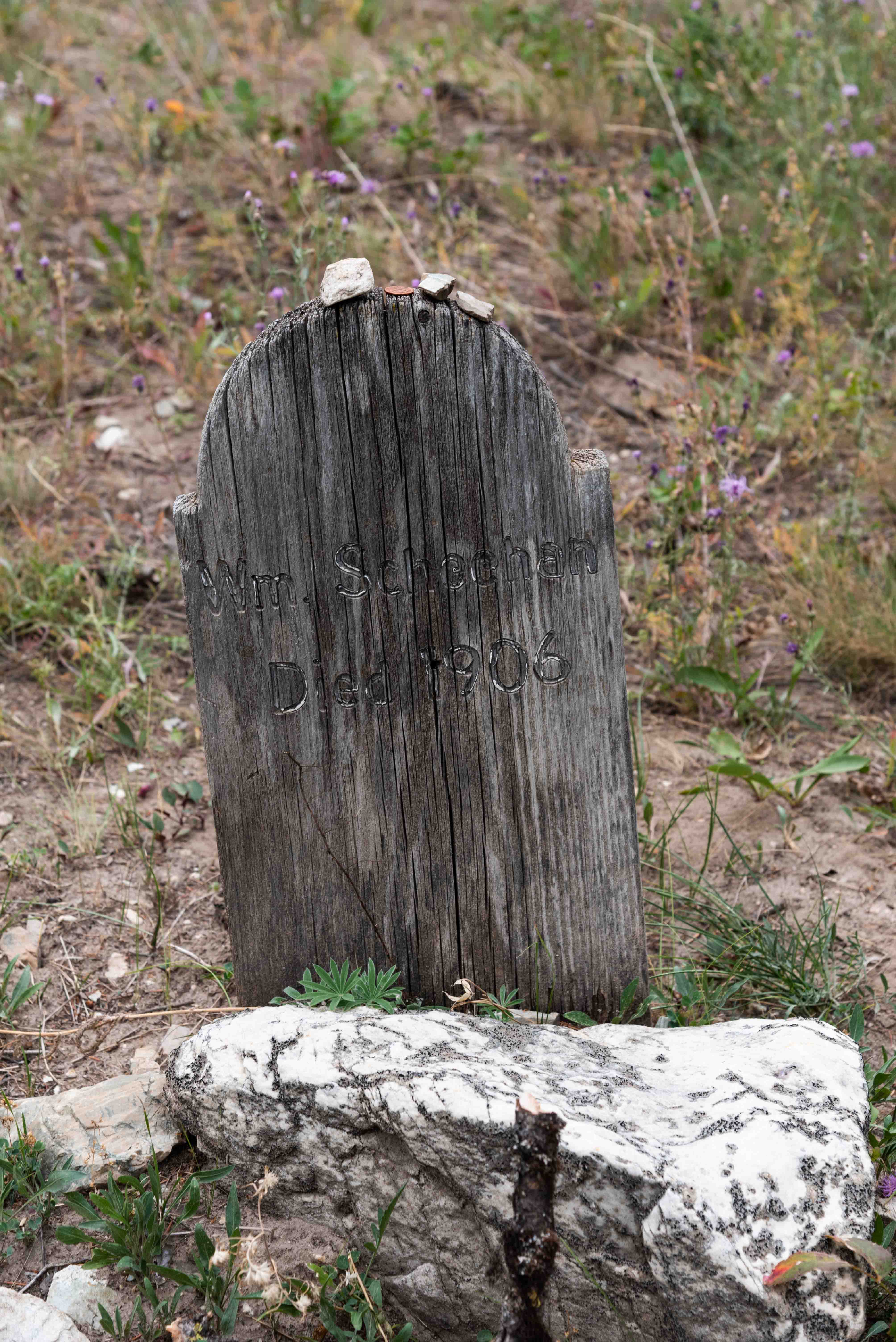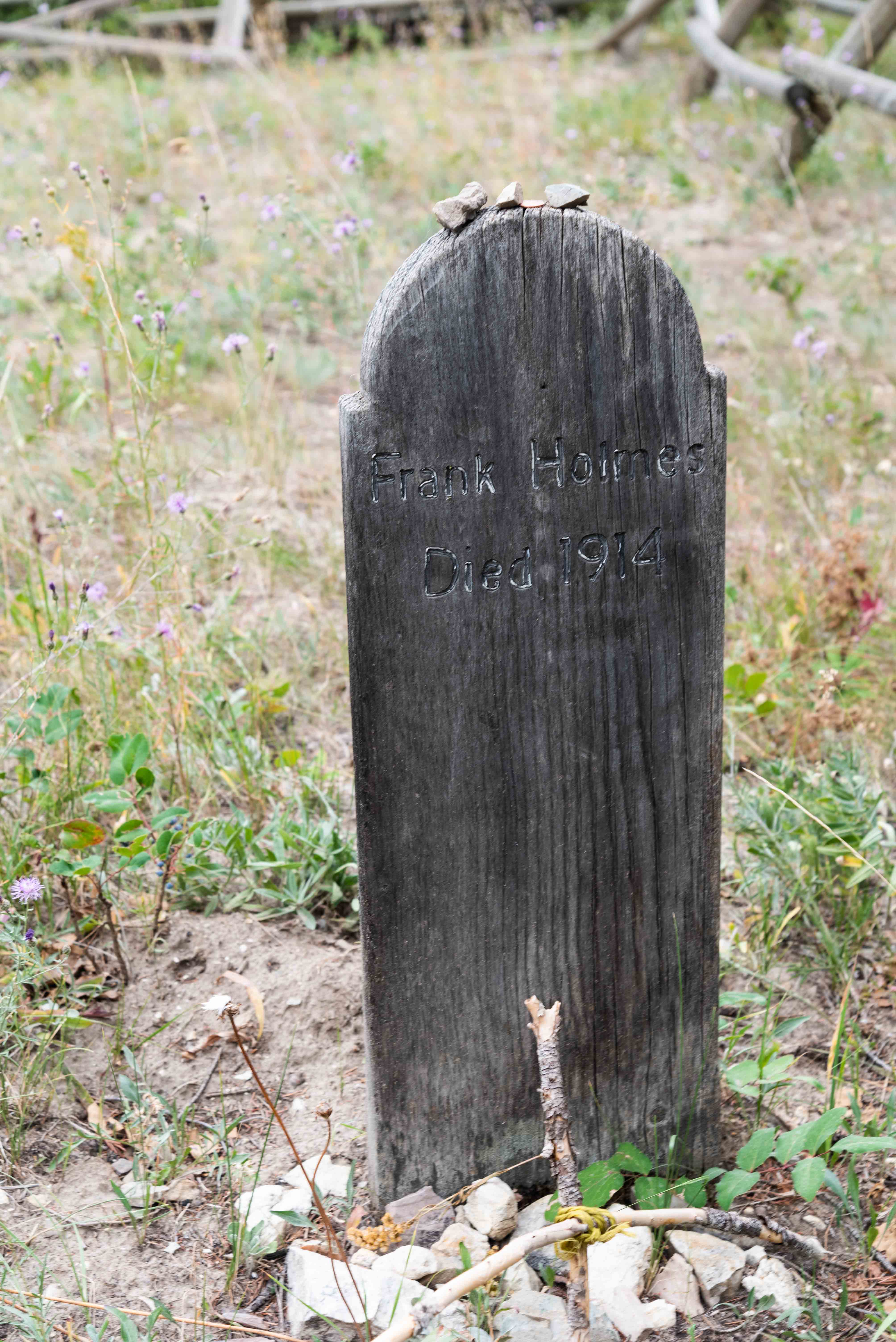Garnet Ghost Town
Garnet started out as a mining camp originally named Mitchell after Dr. Armisted Mitchell.
In 1895 Sam Ritchie discovered a rich vein of gold ore in his Nancy Hanks mine, and the first of
two boom cycles began. Mitchell quickly grew, changing it name to Garnet in 1897. By January
1898 the town had four stores, four hotels, three livery stables, two barber shops, a union hall,
a school, a butcher shop, a candy shop, a doctor’s office, an assay office,
thirteen saloons, and a population around 1000. Most of the easily mined gold was gone by 1905,
and so were the miners. Garnet's population shrank to 150. A 1912 fire destroyed much of the town
and the rest of the residents moved out. When the government raised gold prices from $16
to $32 an ounce in 1934, miners moved back to the area to re-work the mines, and Garnet experienced its
second boom. World War II signaled the end of Garnet, with most everyone leaving to work in
defense industries. Garnet became a ghost town, with only store owner F.A. Davey and a
few other diehards remaining. The Bureau of Land Management (the original BLM) gained control
of Garnet in 1970 and began to stabilize and restore the remaining buildings. Today Garnet has
over 30 fairly intact buildings, making it one of the West's best preserved ghost towns.
Kelly's Saloon, Davey's Store. and the Wells Hotel are filled with period artifacts.
Garnet can be reached from two directions. From Missoula, take MT 200 east for 28 miles to Garnet Range Road,
then travel 10 miles on Garnet Range Road to Garnet. Garnet Range Road is a well maintained,
relatively flat gravel road. An old stage stop cabin and 1940s fire warden cabin are located along
Garnet Range Road. From Garrison, take I-90 west to I-90 frontage road (somehow) to Bear Gulch Road.
Take Bear Gulch Road 9.4 miles to Garnet. Bear Gulch Road is narrow, steep, and winding.
I took the route from Missoula to visit Garnet in August of 2021.
Garnet Ghost Town
Garnet Ghost Town
Kelly's Saloon
I couldn't find much information on Kelly's Saloon. It was built around 1895 by Robert Moore.
The first floor was a single room with a bar and poker tables, and the second floor served as
the Kelly residence. The saloon was converted into a private residence in 1926, and the first
floor was divided into two rooms.
Frank A. Davey Store
Frank A. Davey opened Davey's General Merchandise Store in Garnet in 1898.
It was probably the largest store in Garnet and operated for over forty years.
Glass display cases flanked each side of the doorway. Tall shelves along the right hand
wall contained all kinds of dry goods: clothing, school supplies, lamps,
dishes, pots and pans, tableware, linens, vases, and kitchen utensils.
Davey's office was located at the rear of the store on the right.
An ice house was located at the back of the building. There was a meat section
to the left of the office, and a grocery department stocked with canned goods
and staple grocery items. Barrels held dry beans, pickles and apples. The store also had a
candy counter. An annex was added to Davey's Store that was occupied by a drug store for several years.
J.K. Wells Hotel
In 1896 the Wells Hotel was the most impressive building in Garnet.
The hotel was designed by Mrs. J.K. Wells and took several
months to build. The interior had woodwork as fine as any found in
Helena's grand hotels. Hotel guests entered through a pair of very elaborate
carved doors which once held etched glass sidelights. The first floor contained
a ladies' parlor, office, grand dining room, kitchen, and storage rooms.
Guest rooms were located on the second floor. The third floor attic was a large
open space with skylights that were probably novel for the day. The floor was
marked off into rectangles with 1x2" boards. Miners or others who could not
afford a room in the hotel could rent one of these spaces in which to lay out their bed roll.
The only heat rose from the floors below.
More Buildings
Additional buildings include the town jail, post office, blacksmith shop,
livery stable, and houses and cabins.
On the way out (or on the way in) - stop by the Sand Park Cemetery
As near as I could tell there are only 5 graves in the entire cemetery, and the deceased were all
buried in a row in chronological order, left to right. (There might be one unmarked grave at the left of the row).
Information sources: garnetghosttown.org, usgwarchives.net, westermininghistory.com, Wikipedia, and BLM literature.
Use the form on the Home Page to submit comments, questions, or suggestions. TD Productions Copyright © 2021
